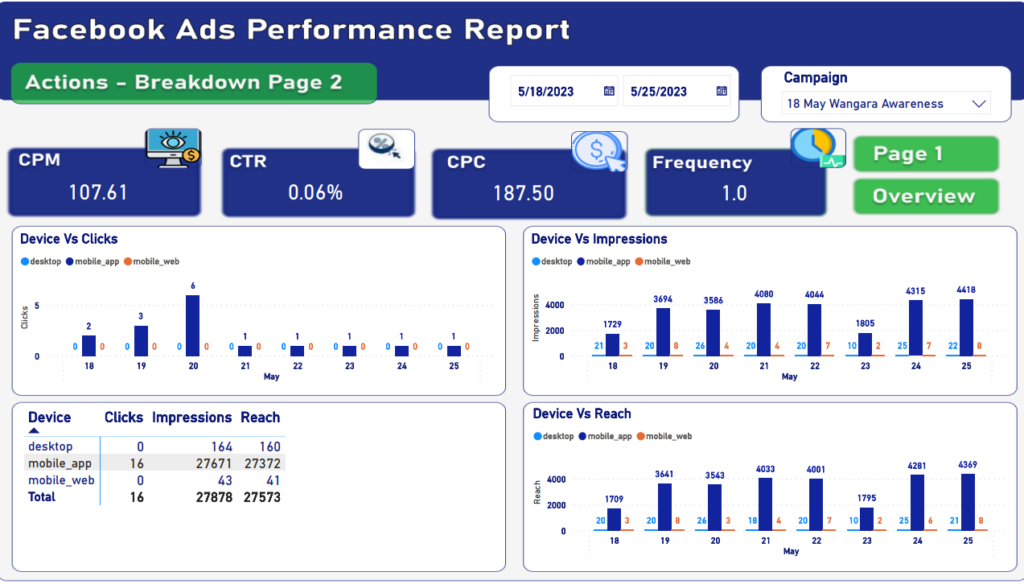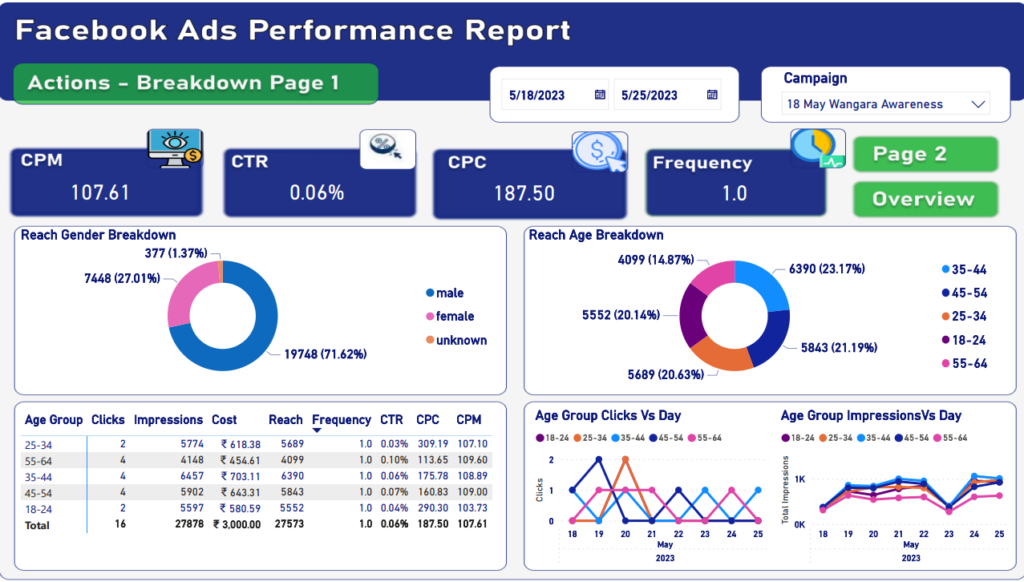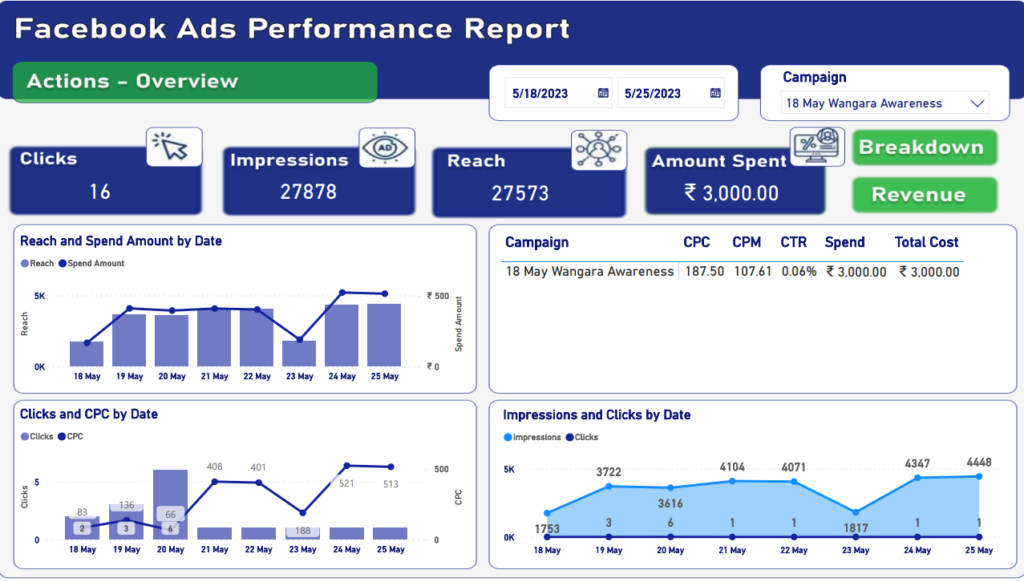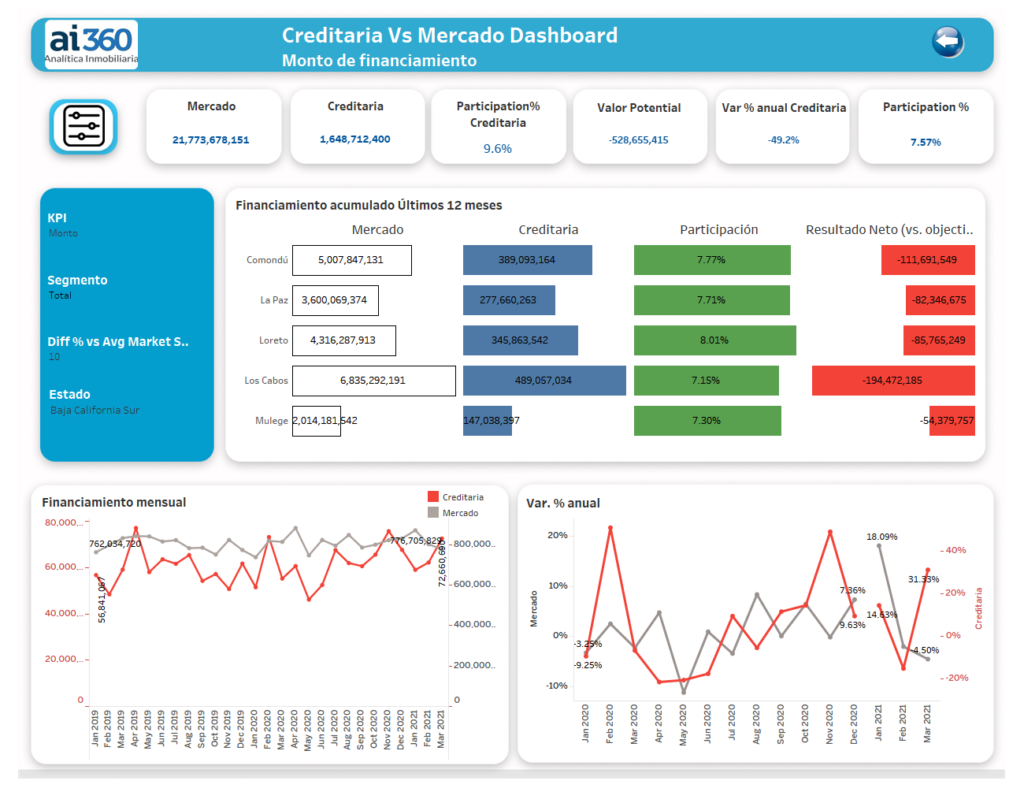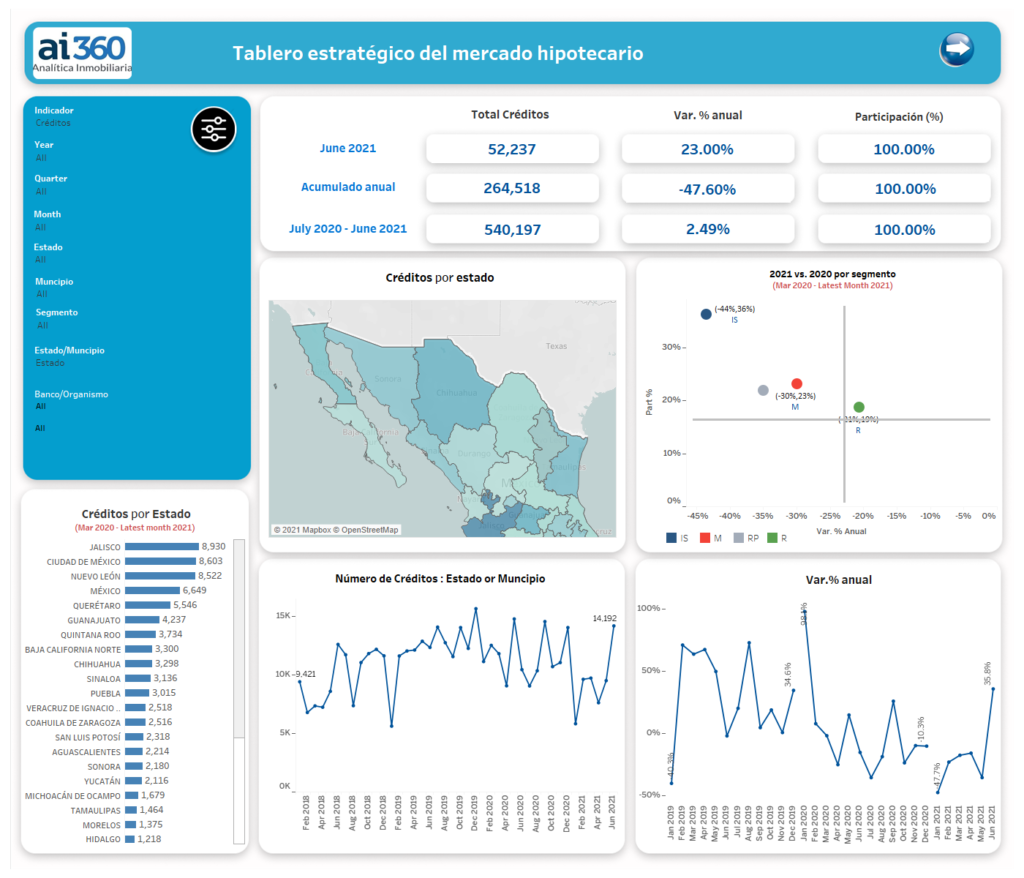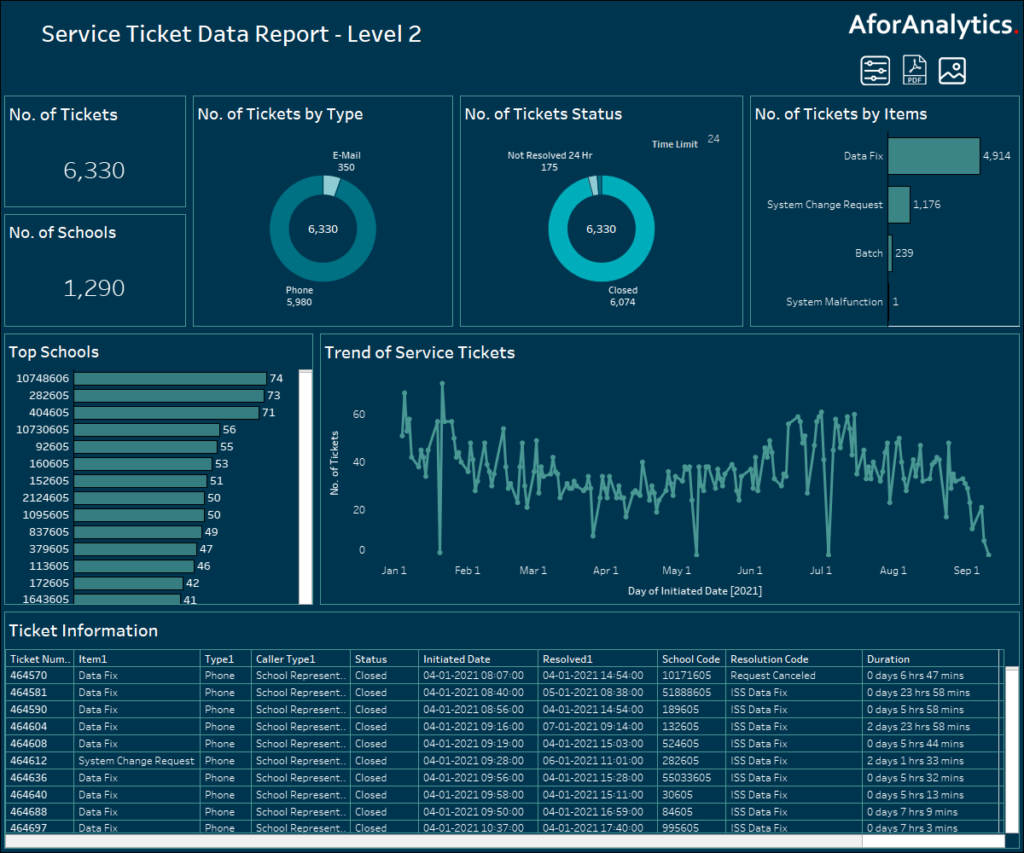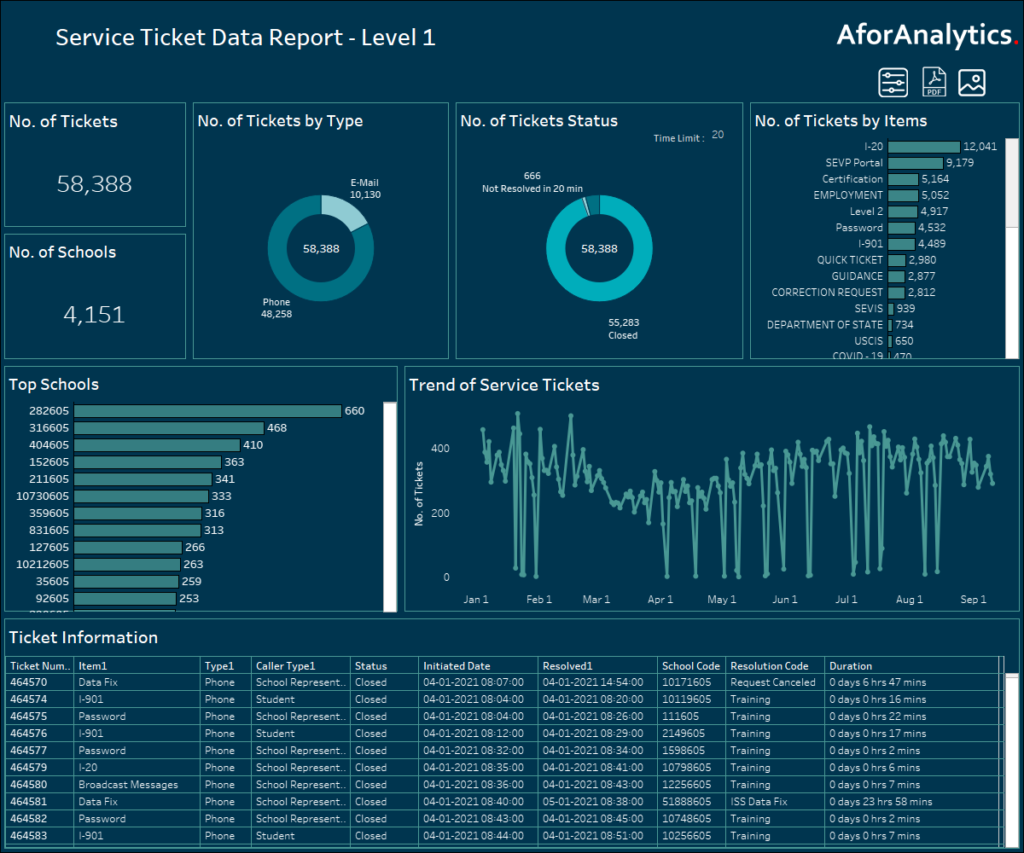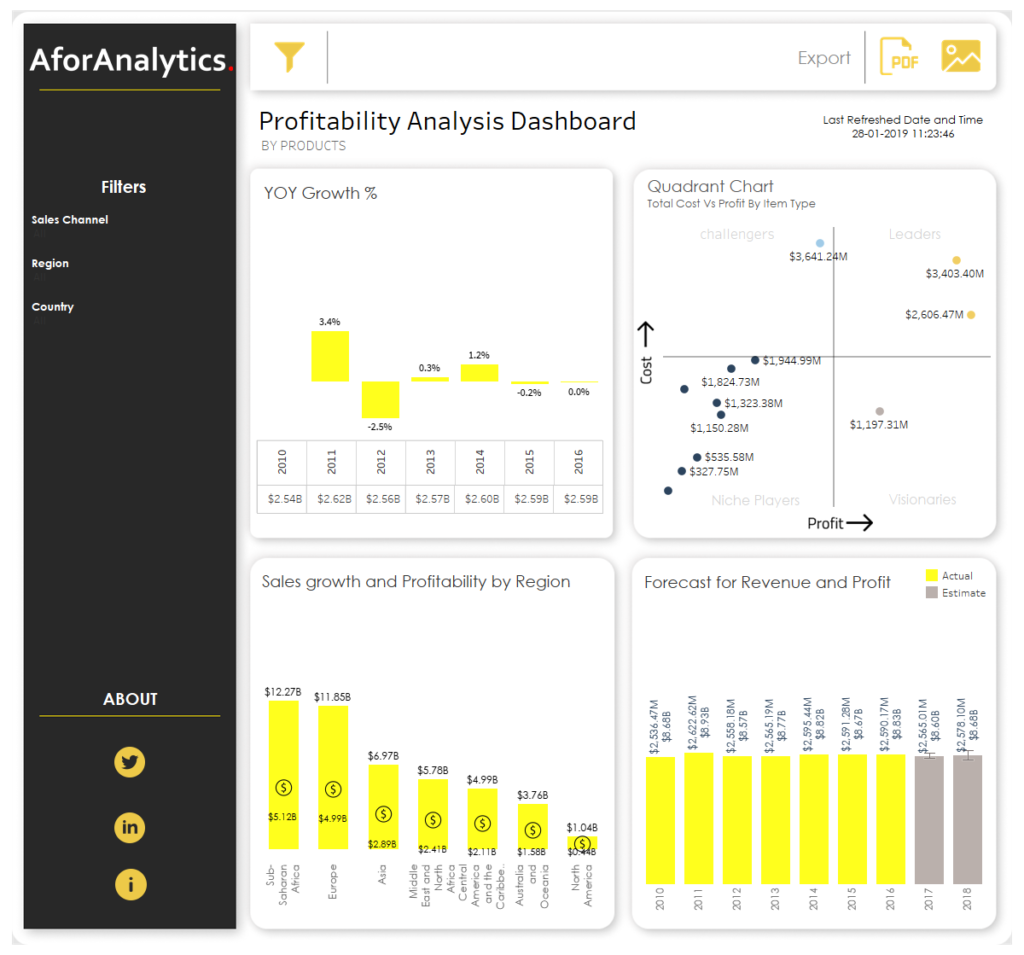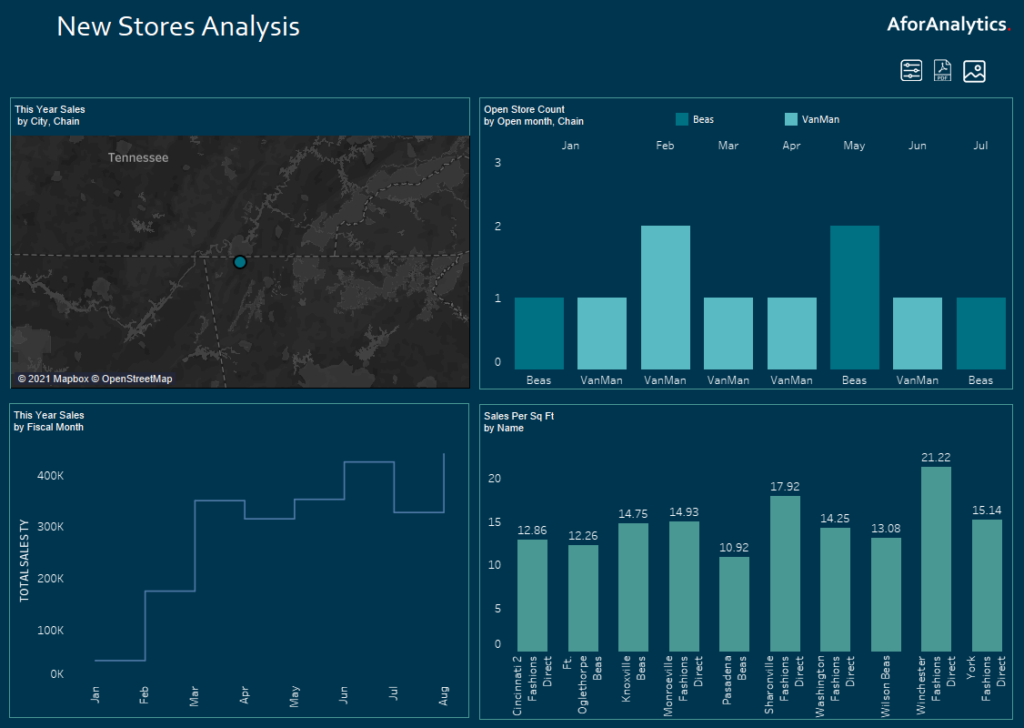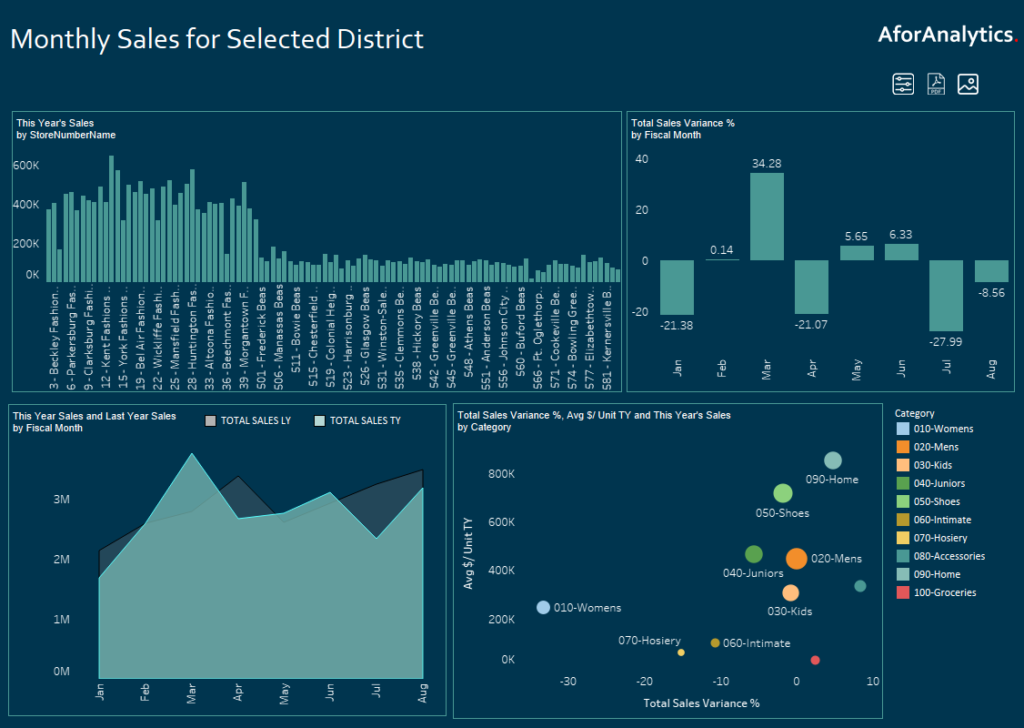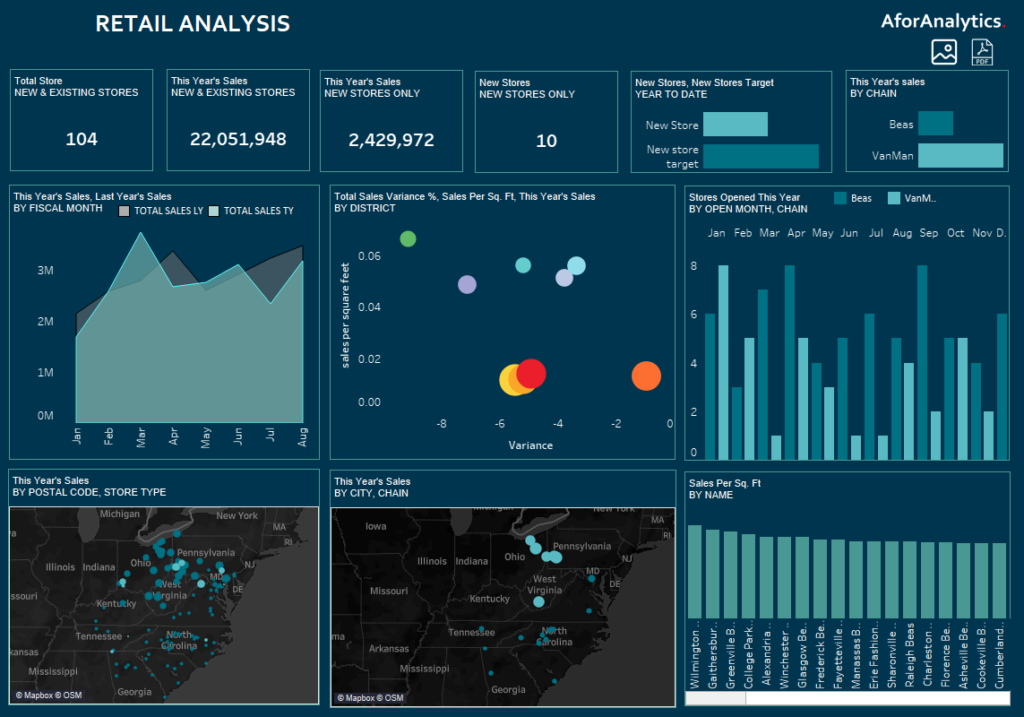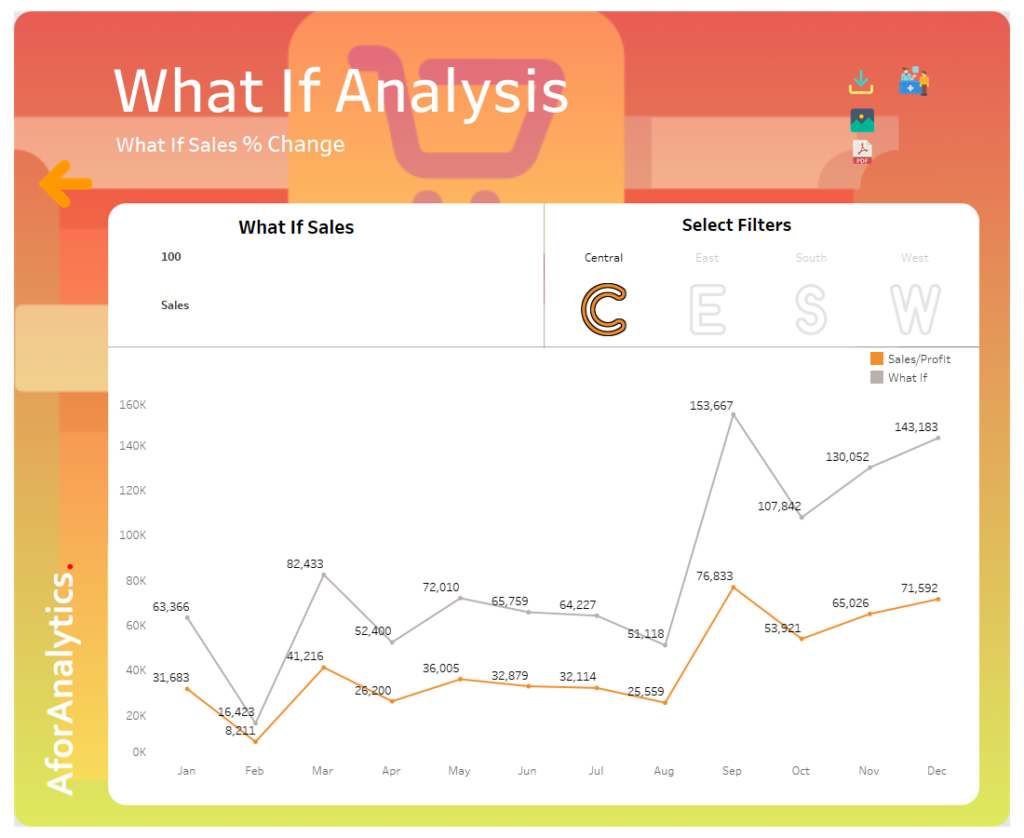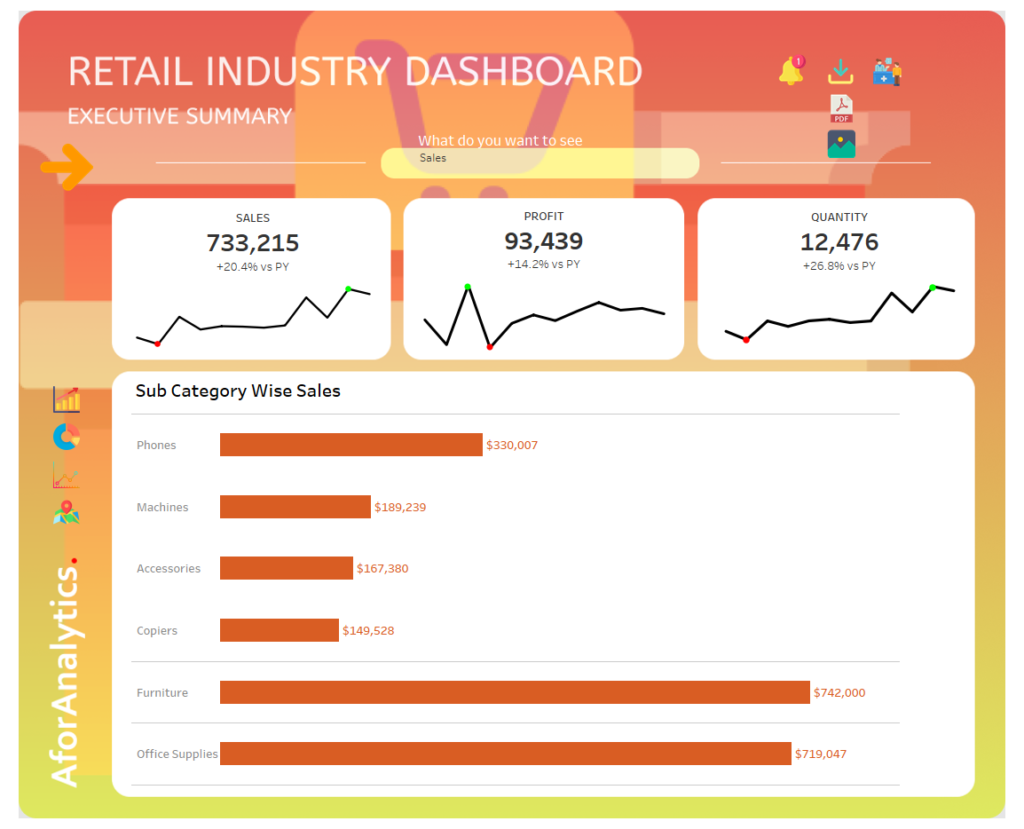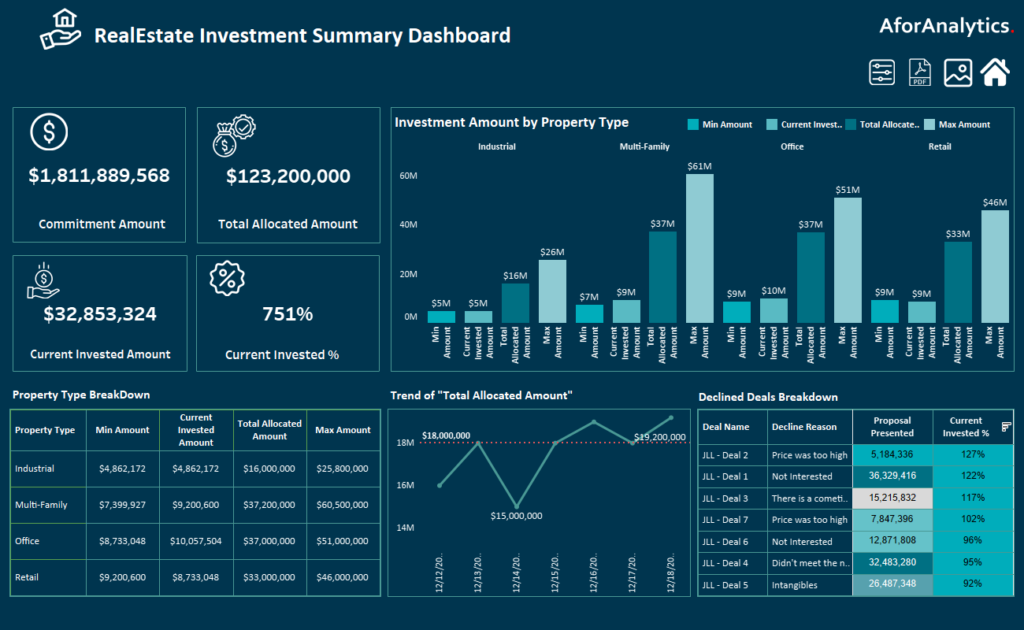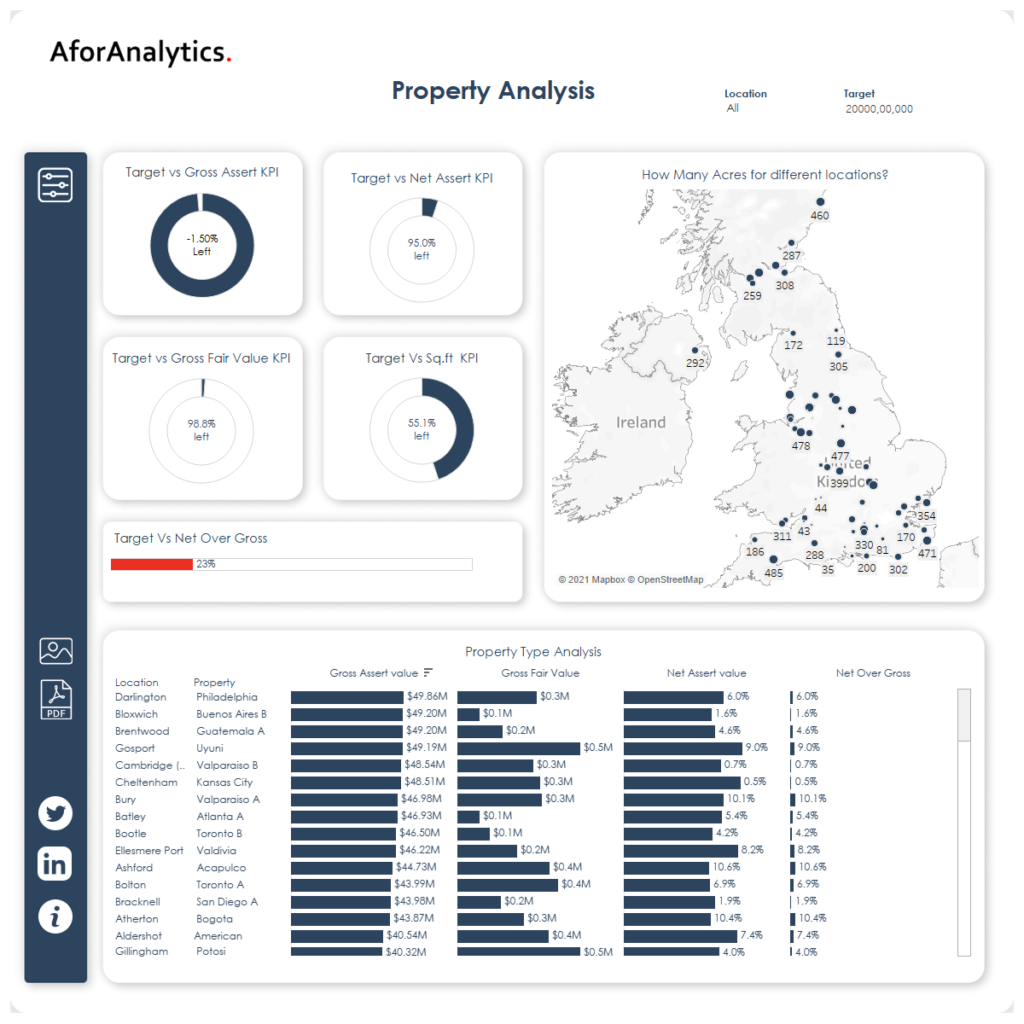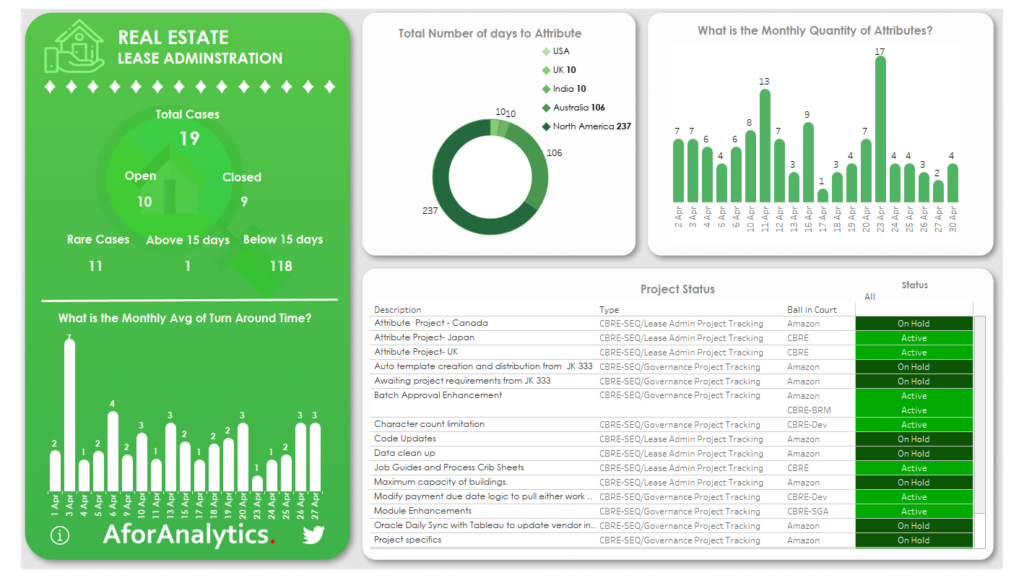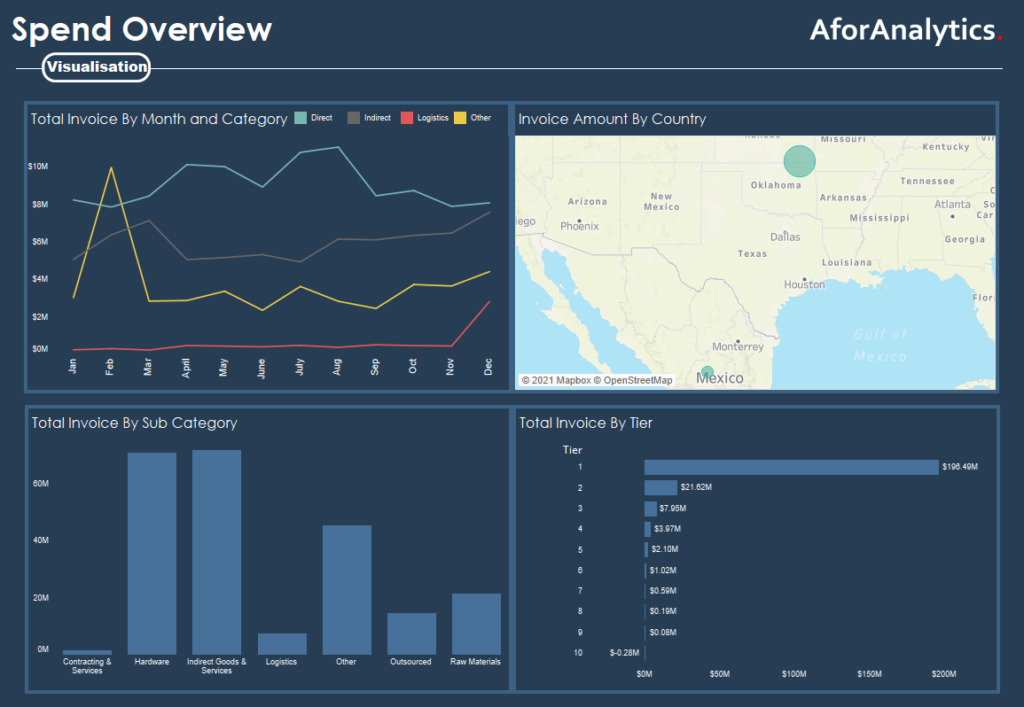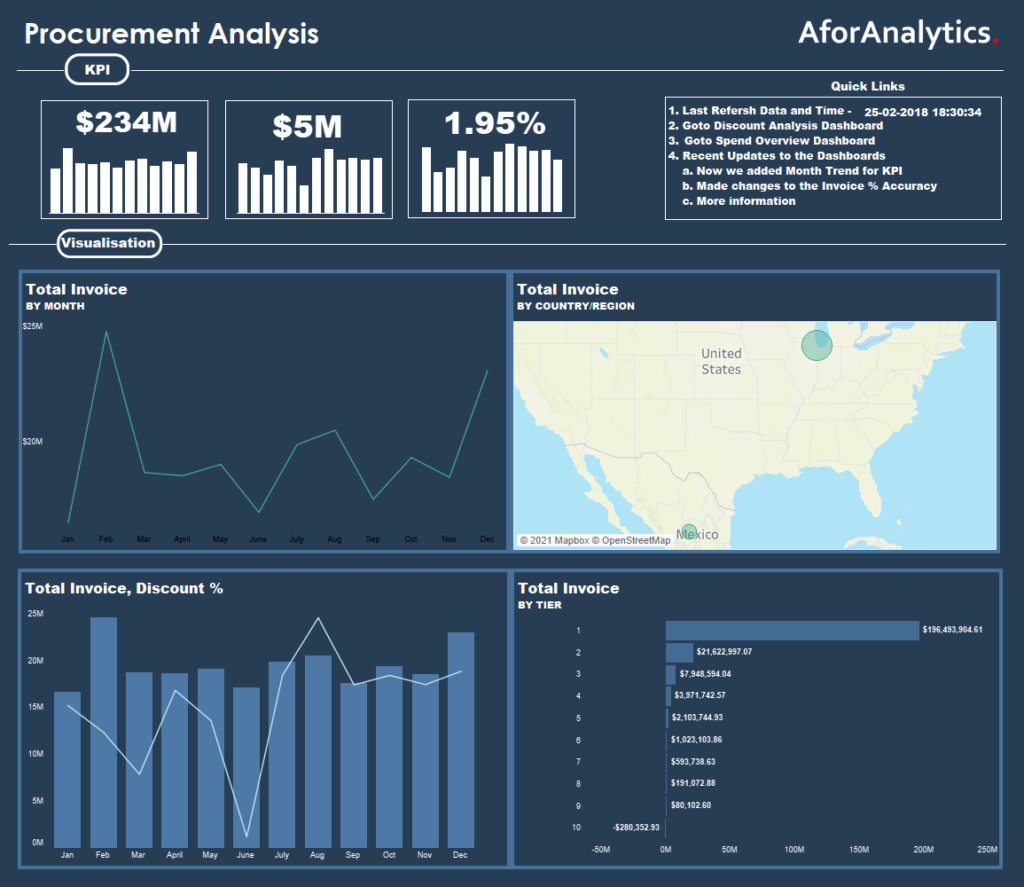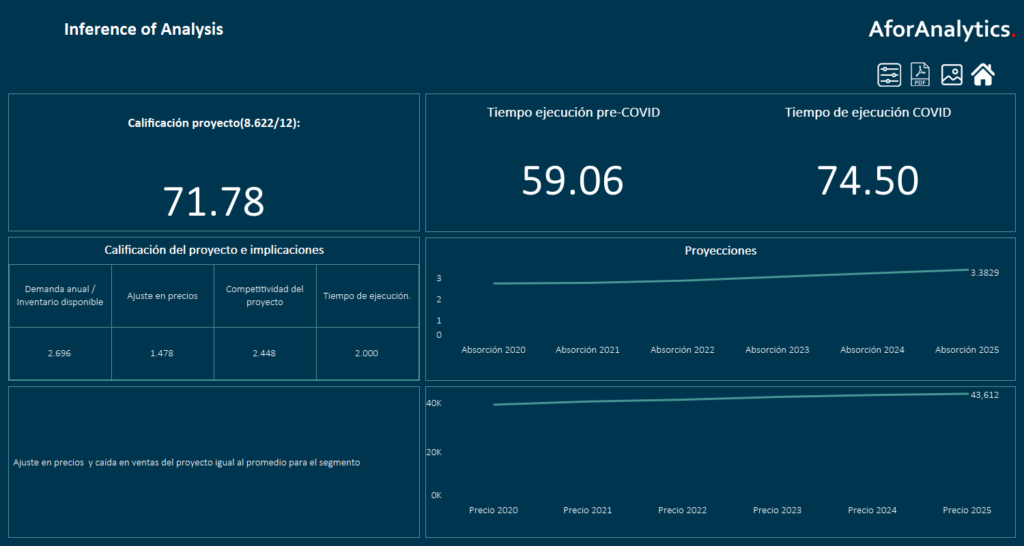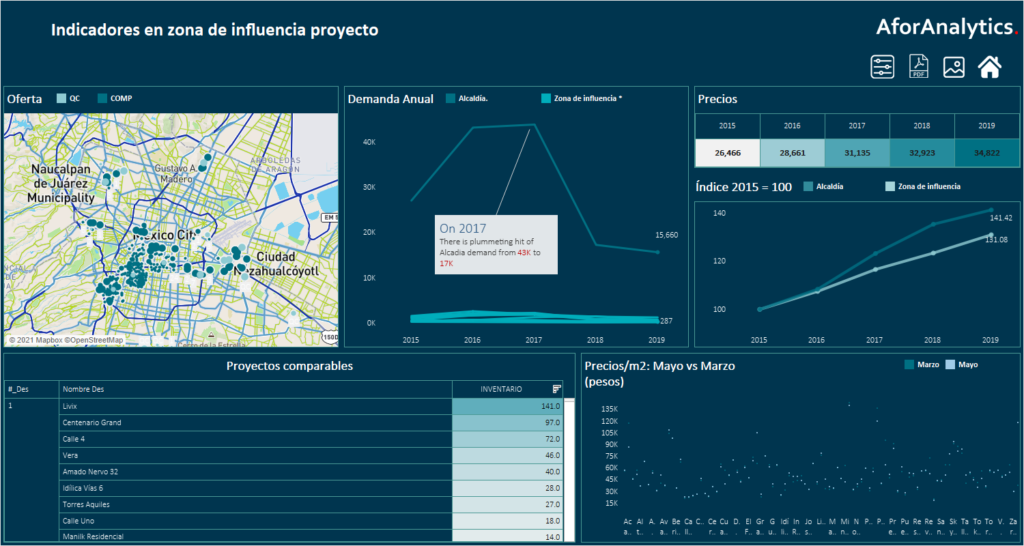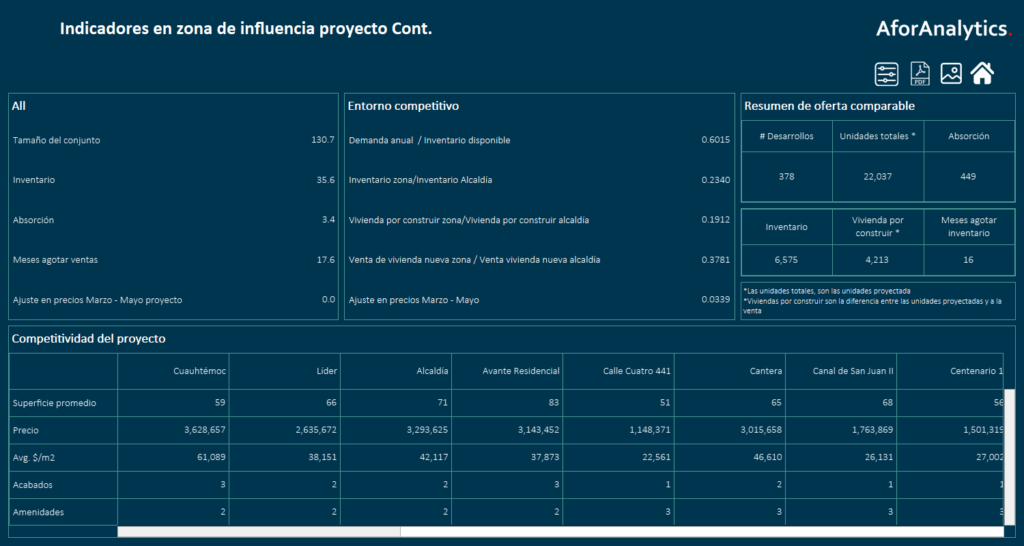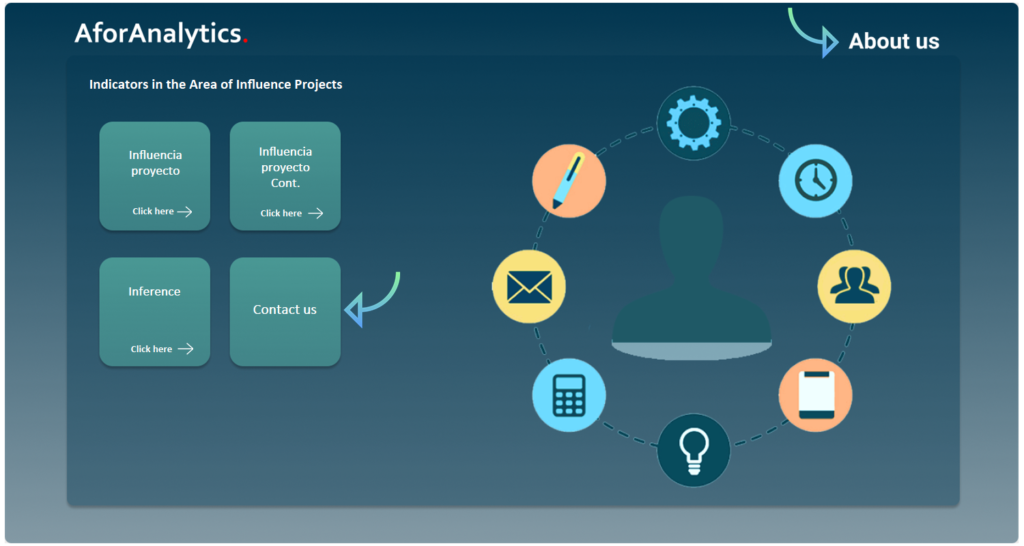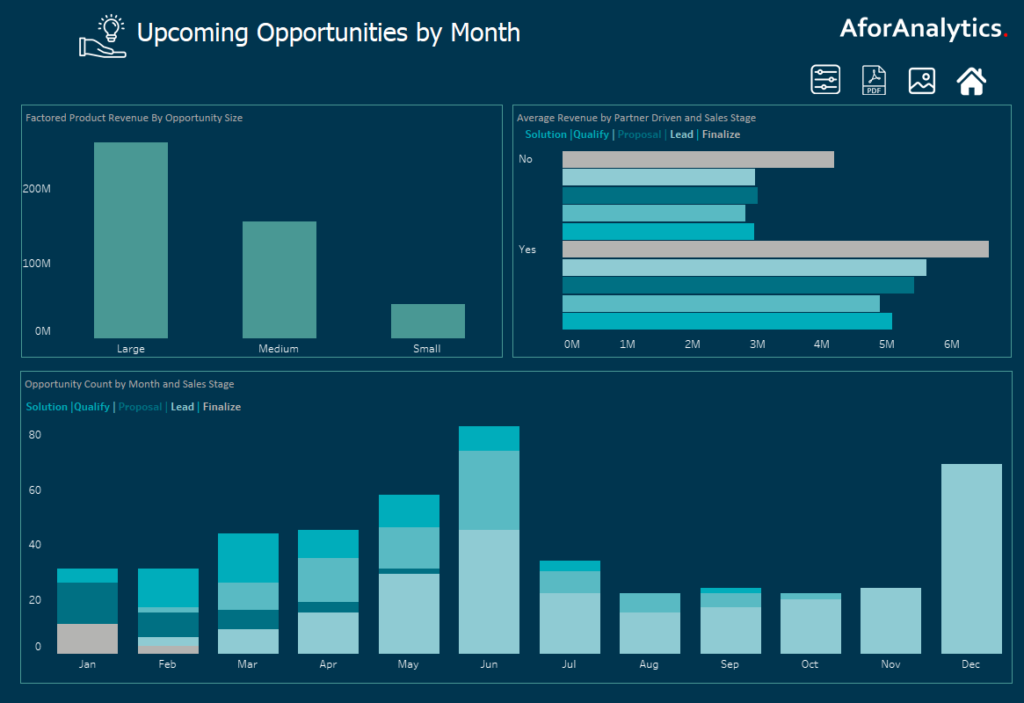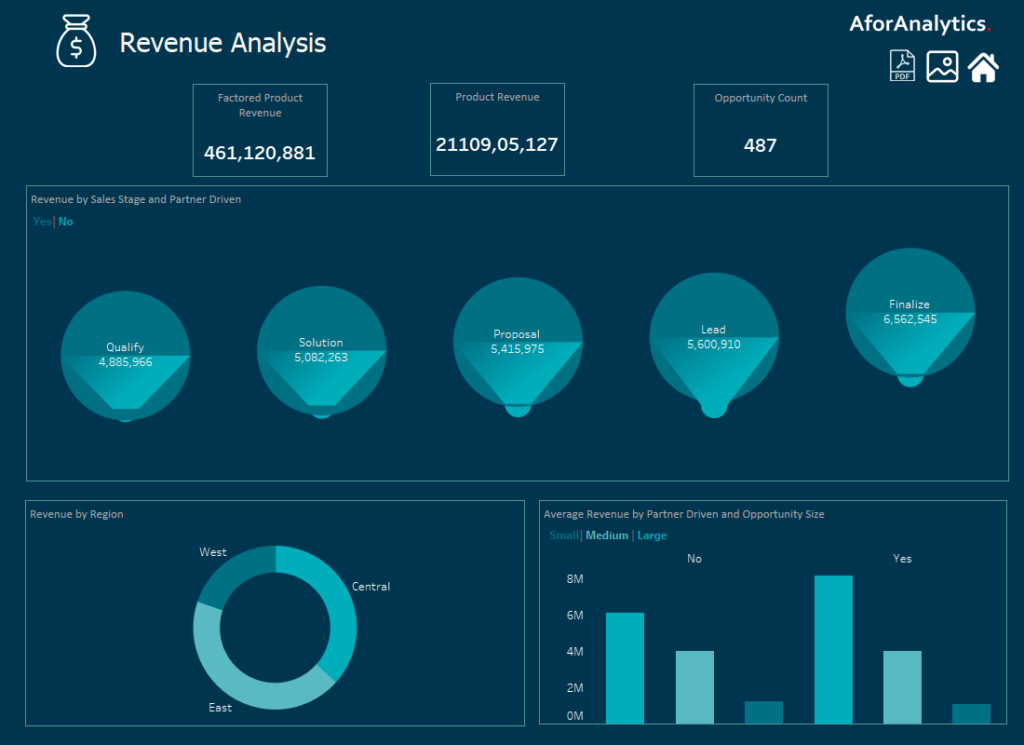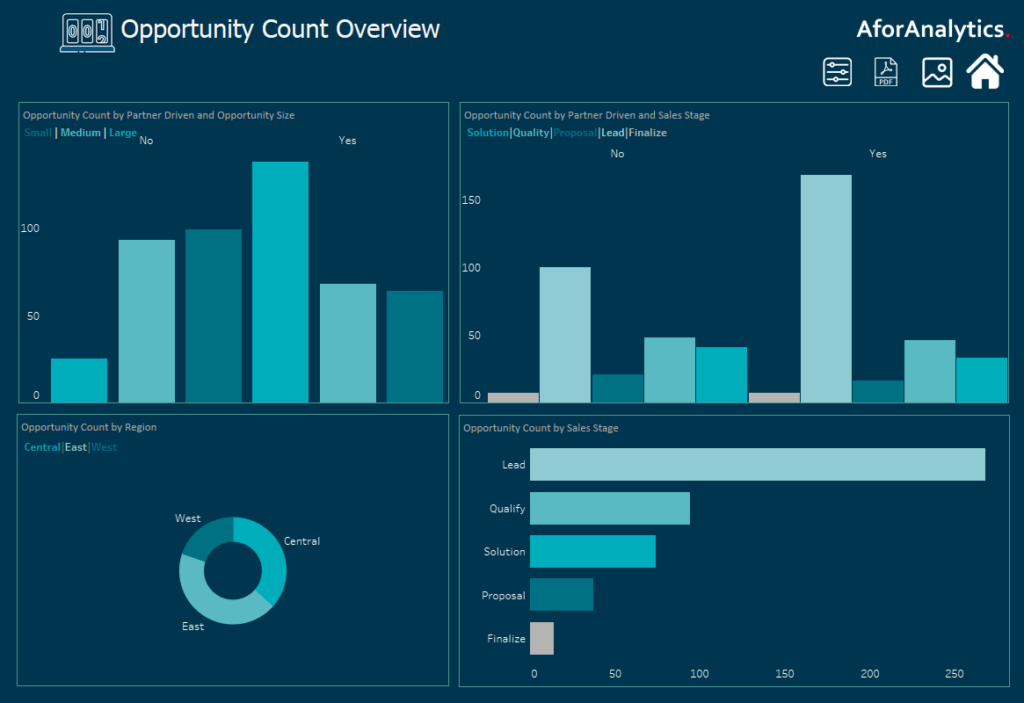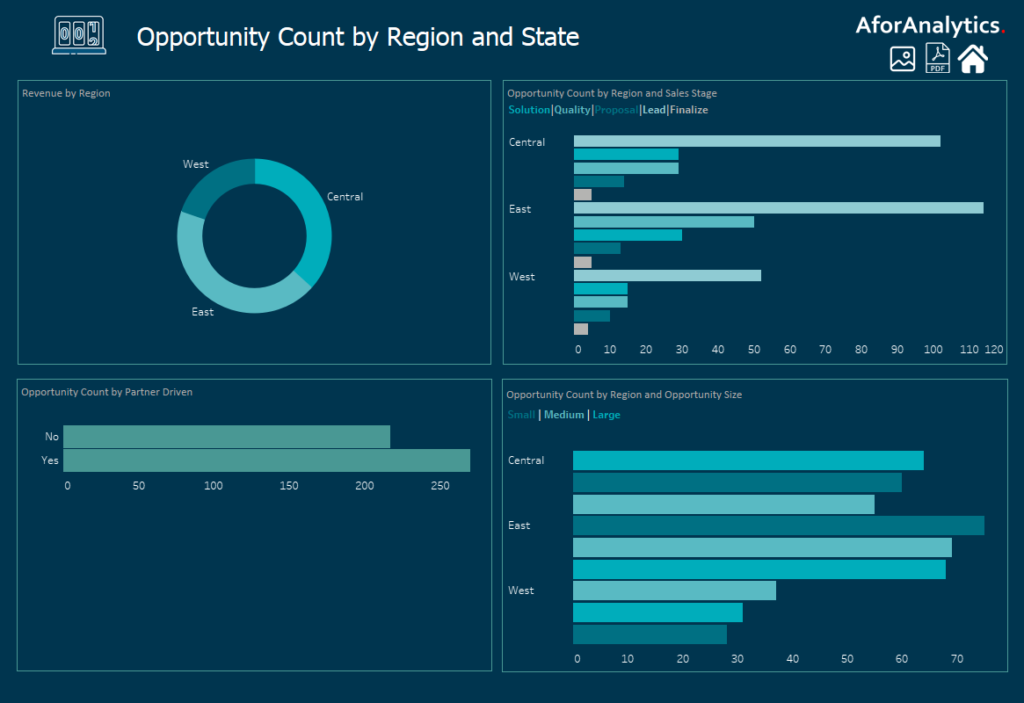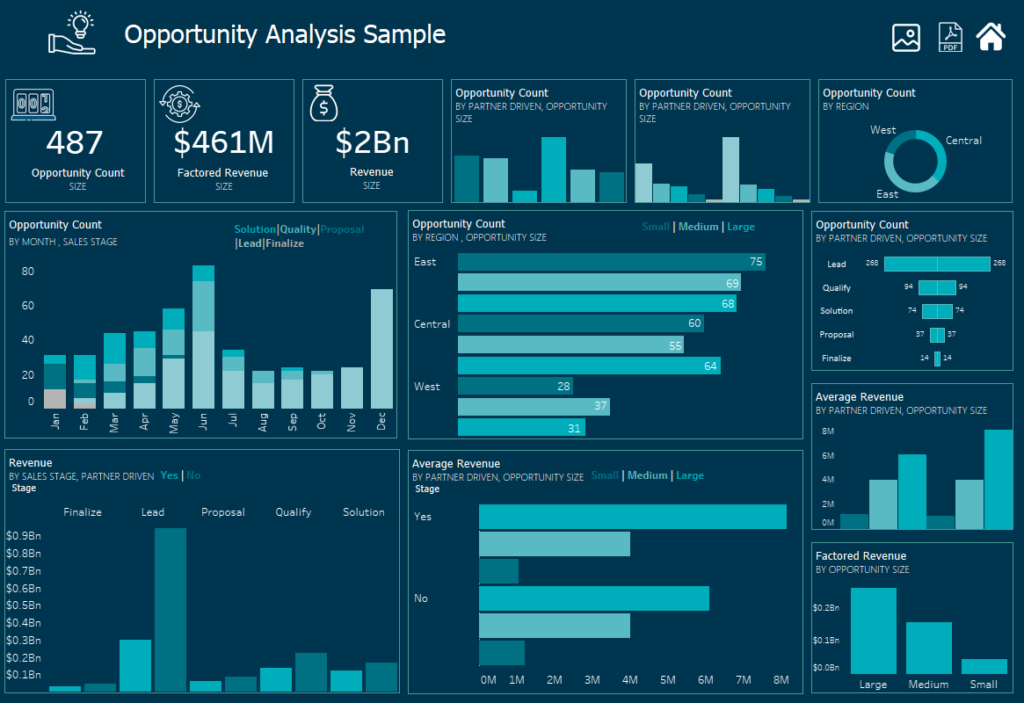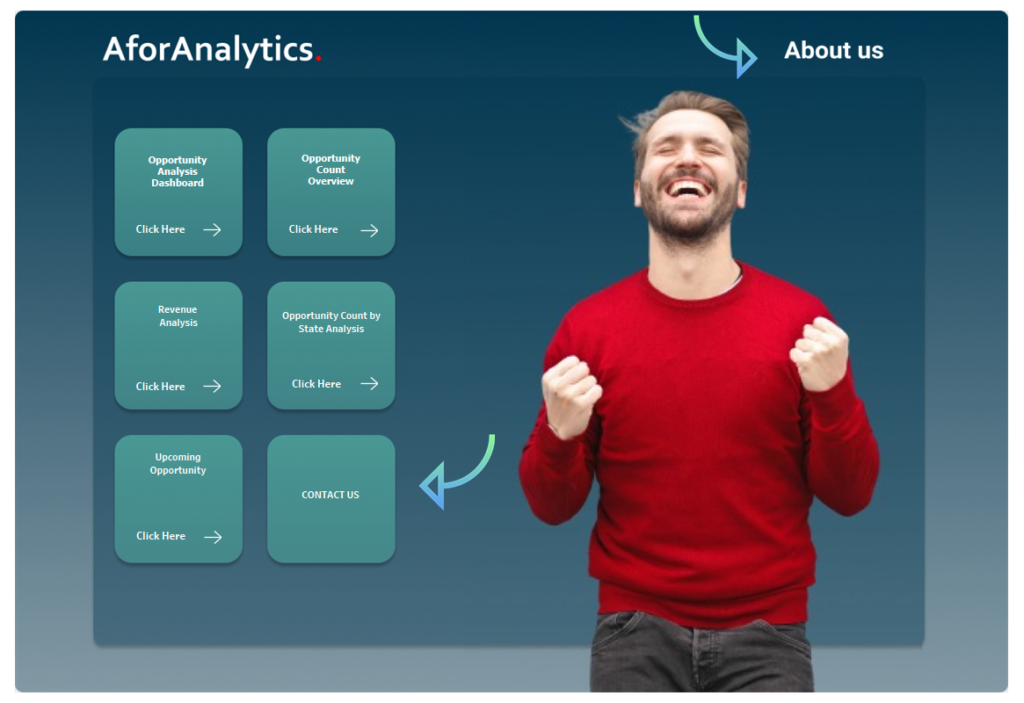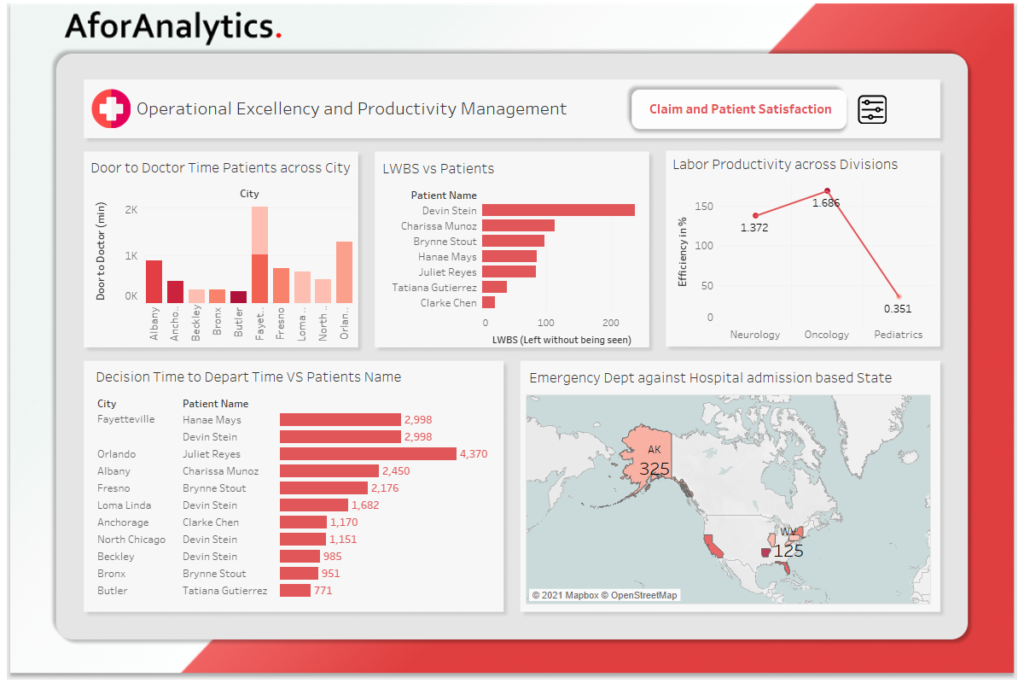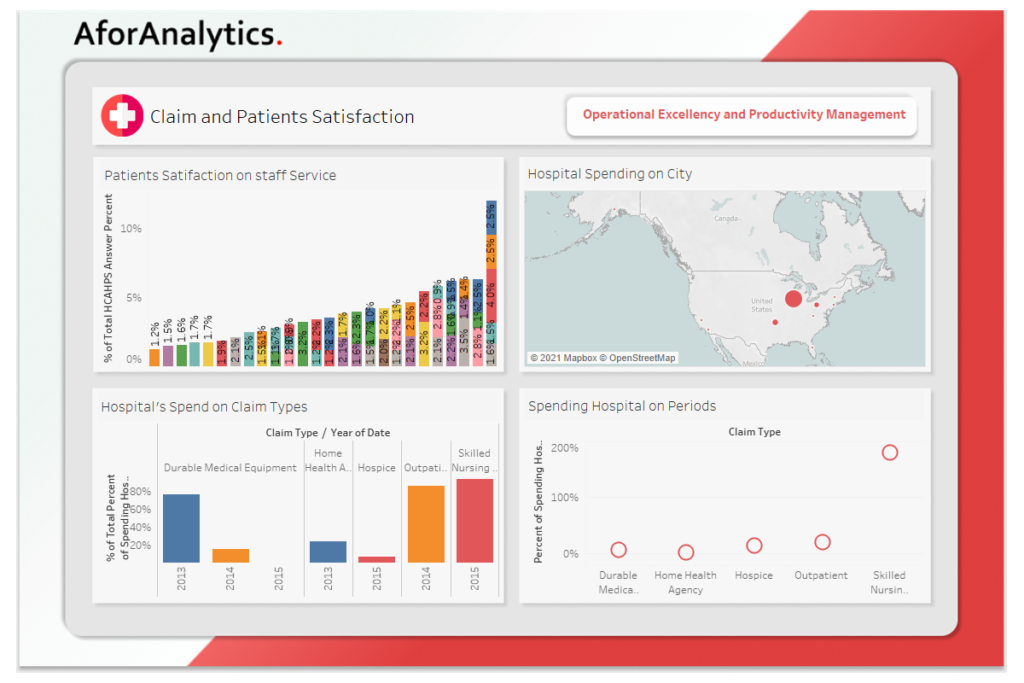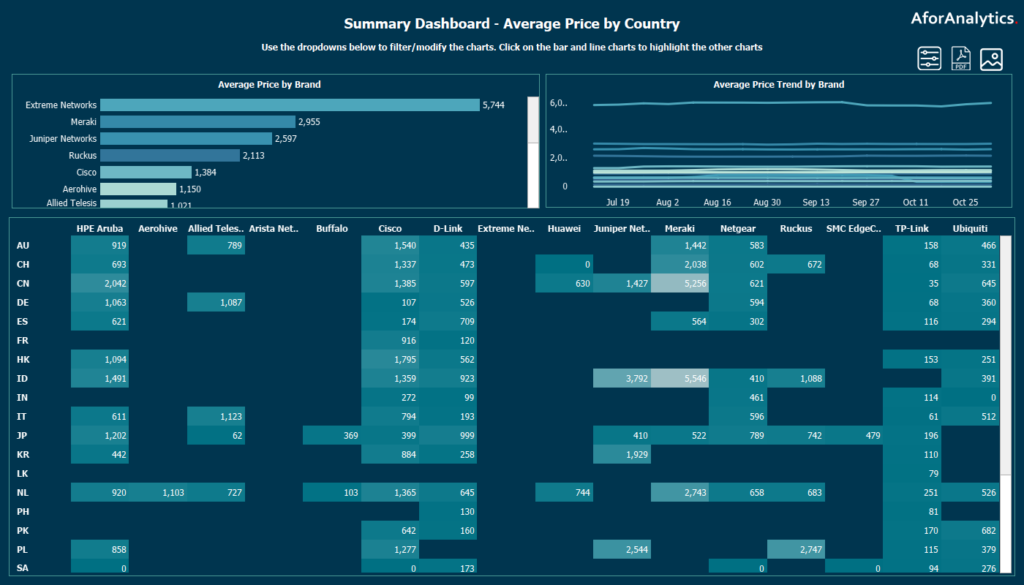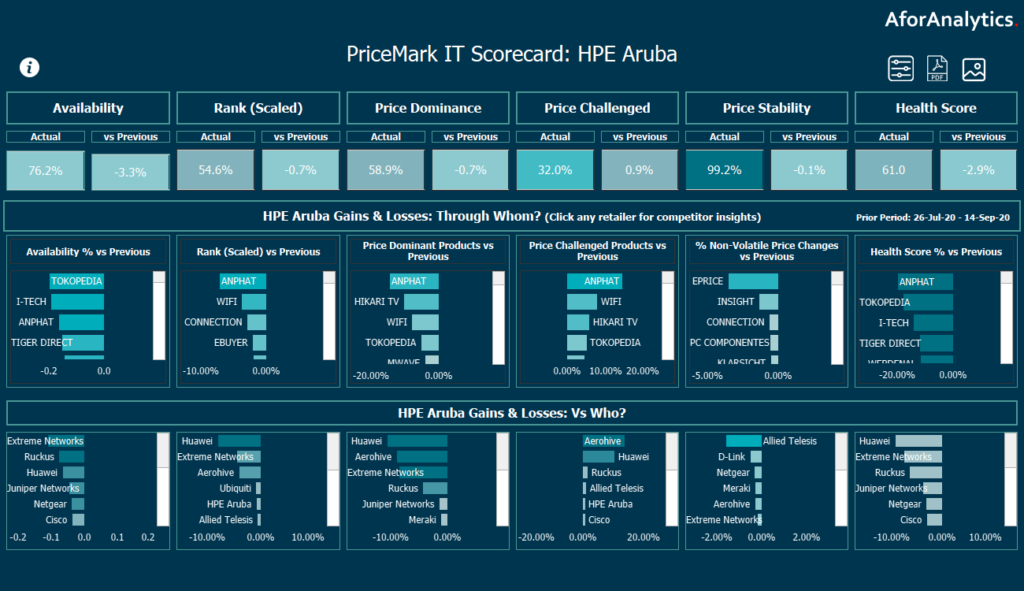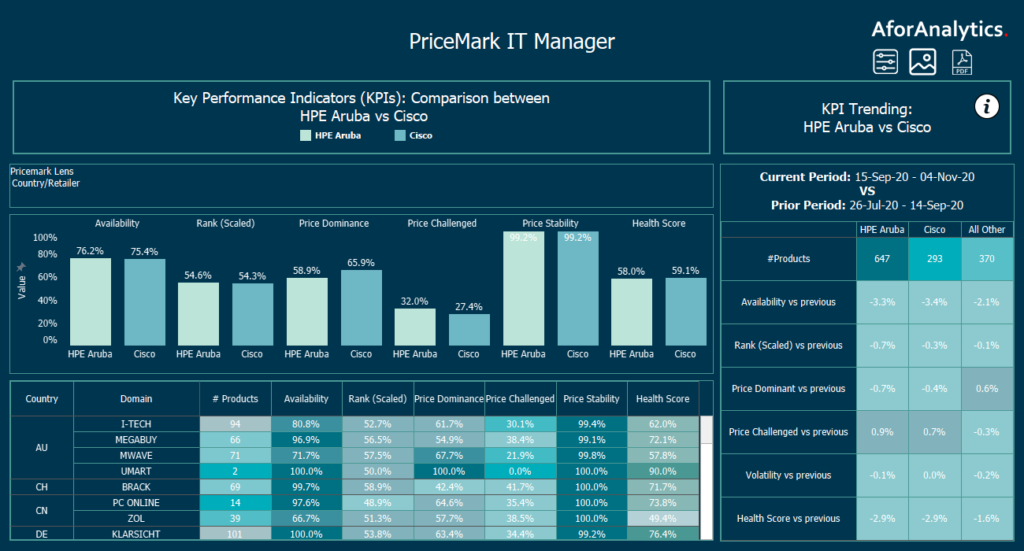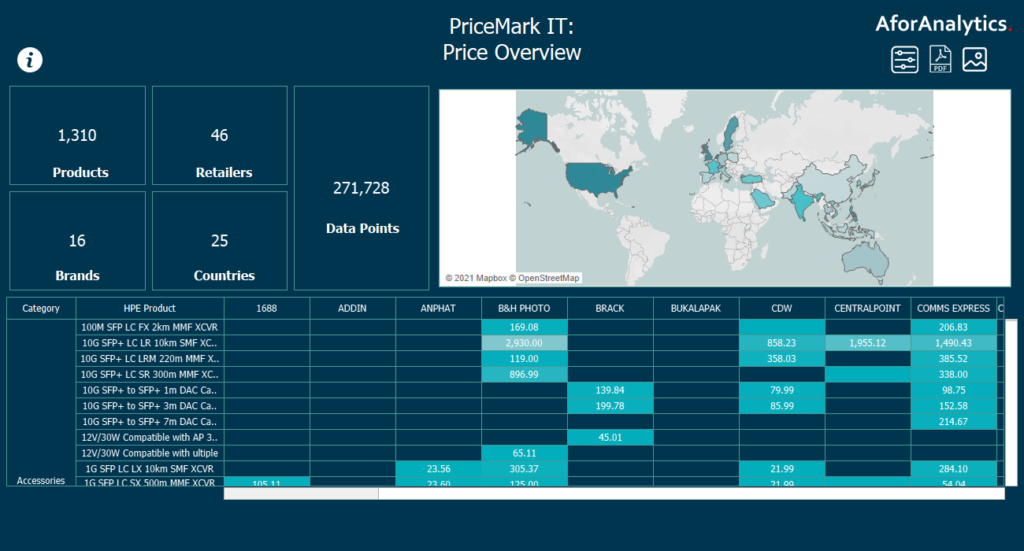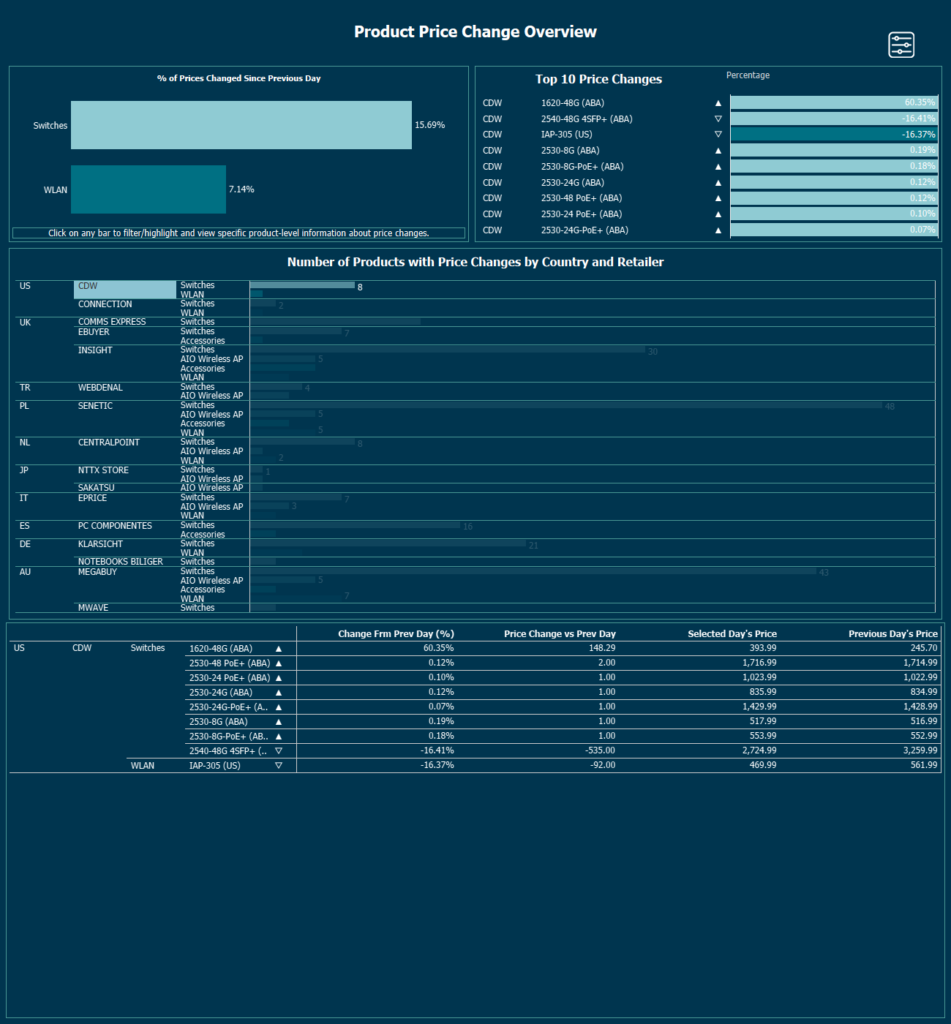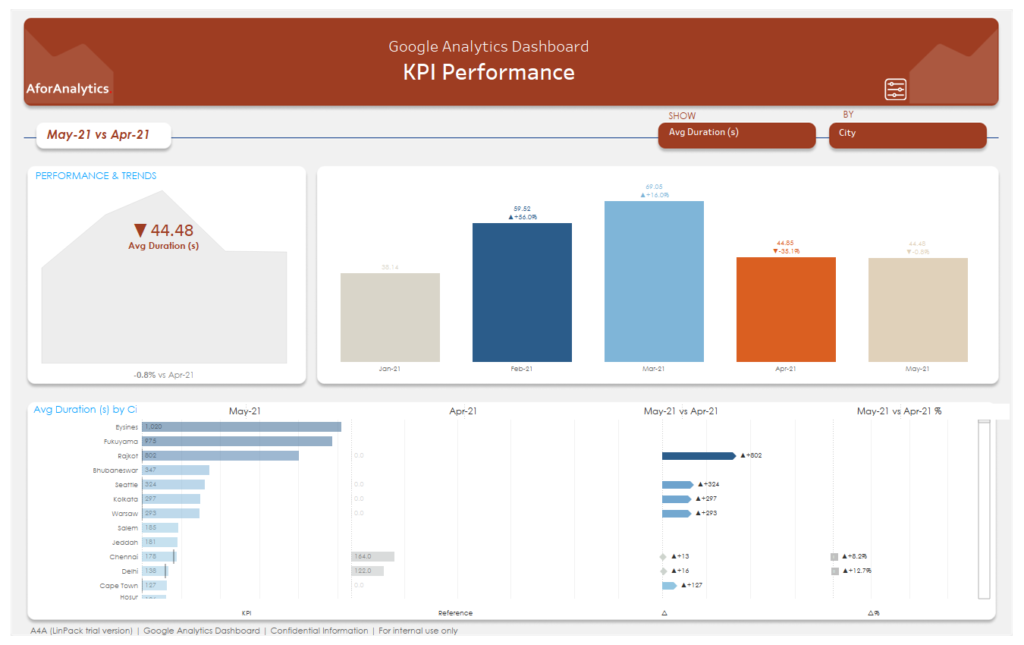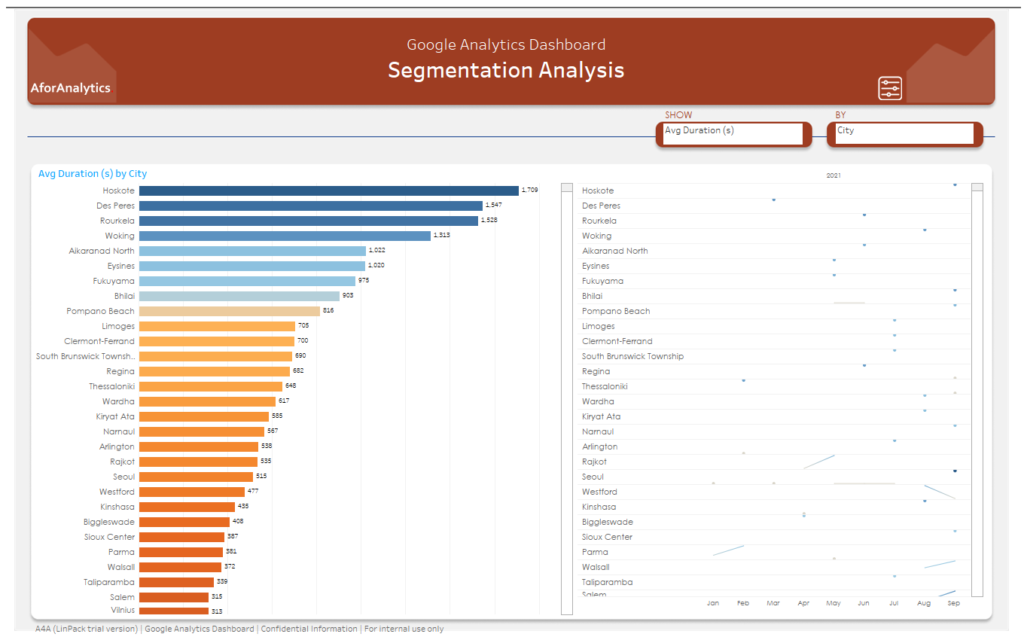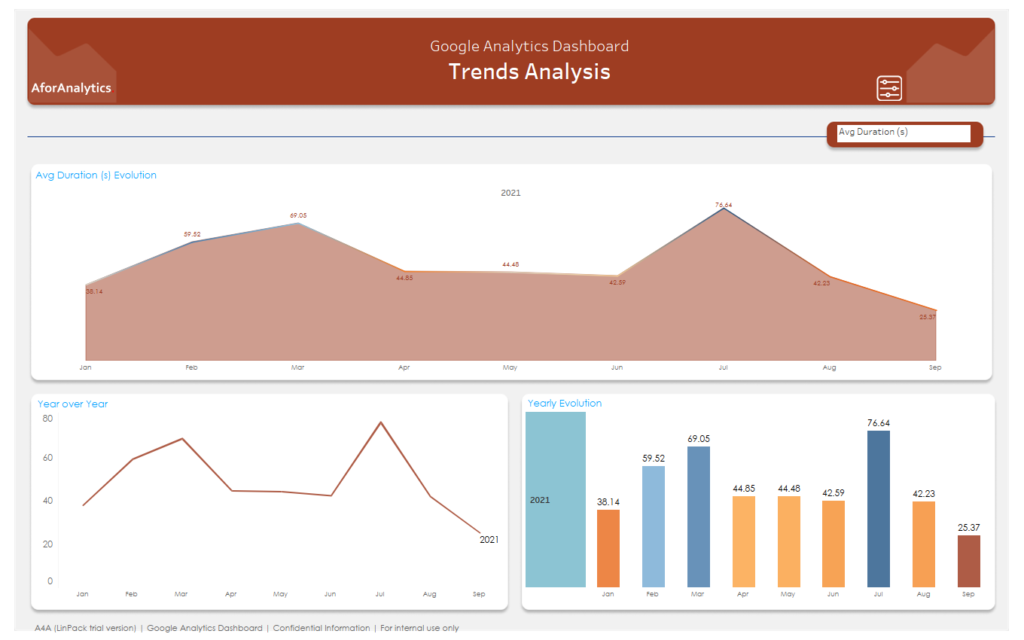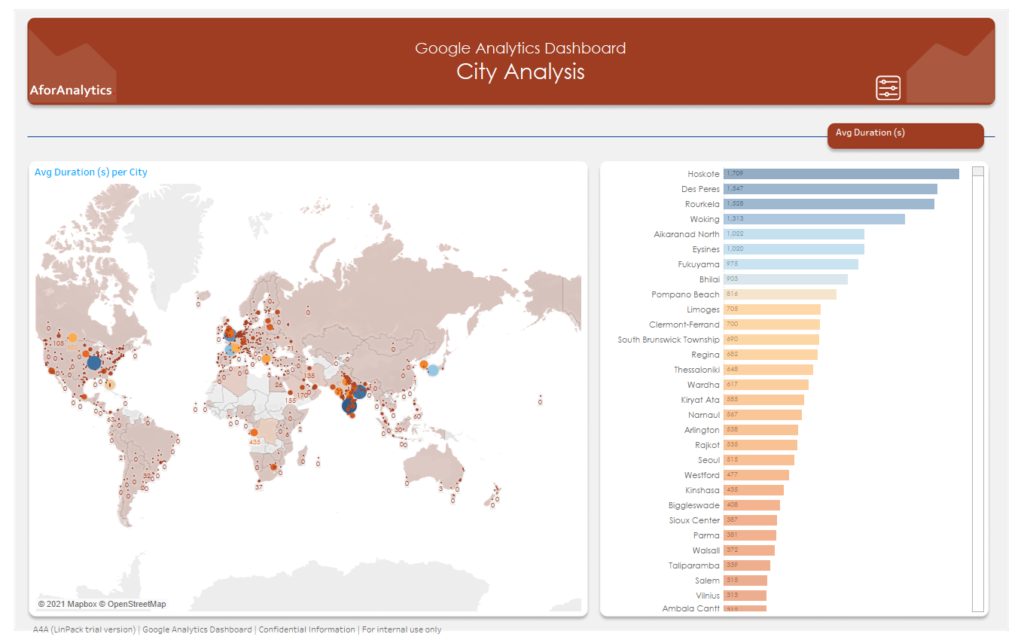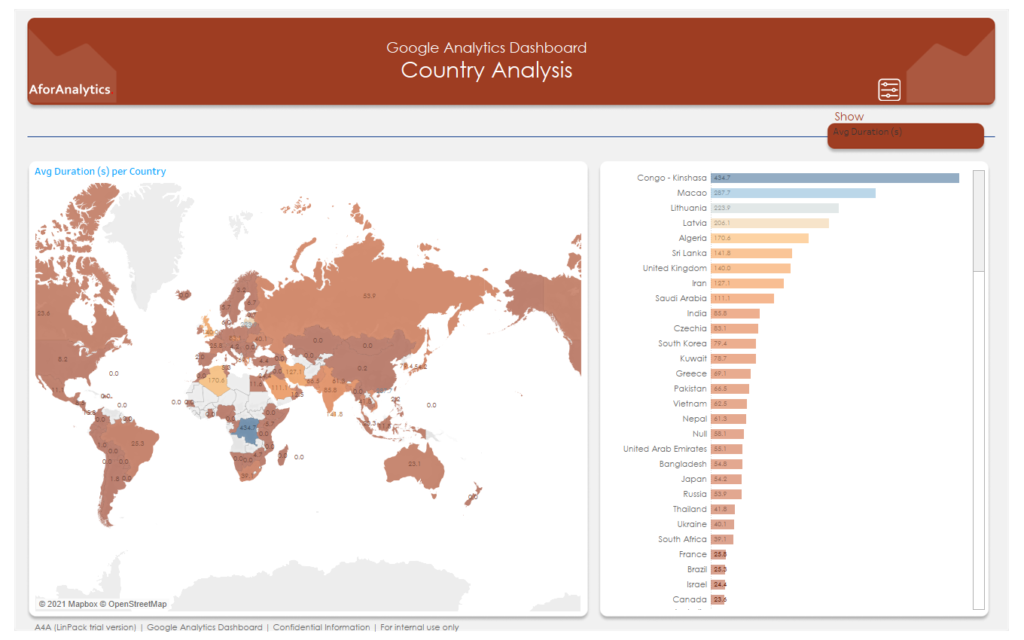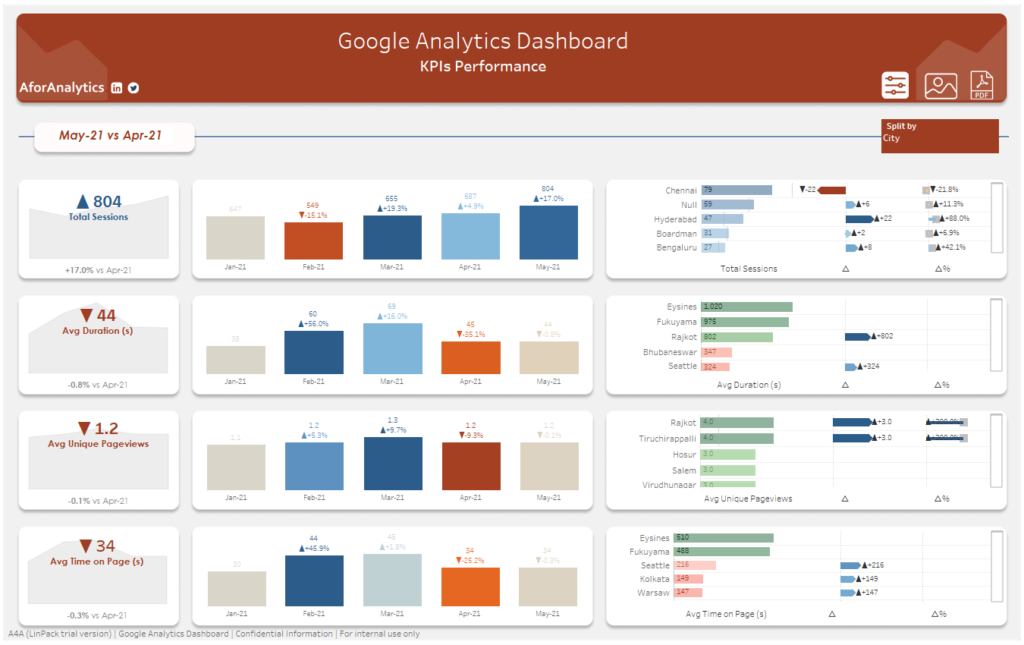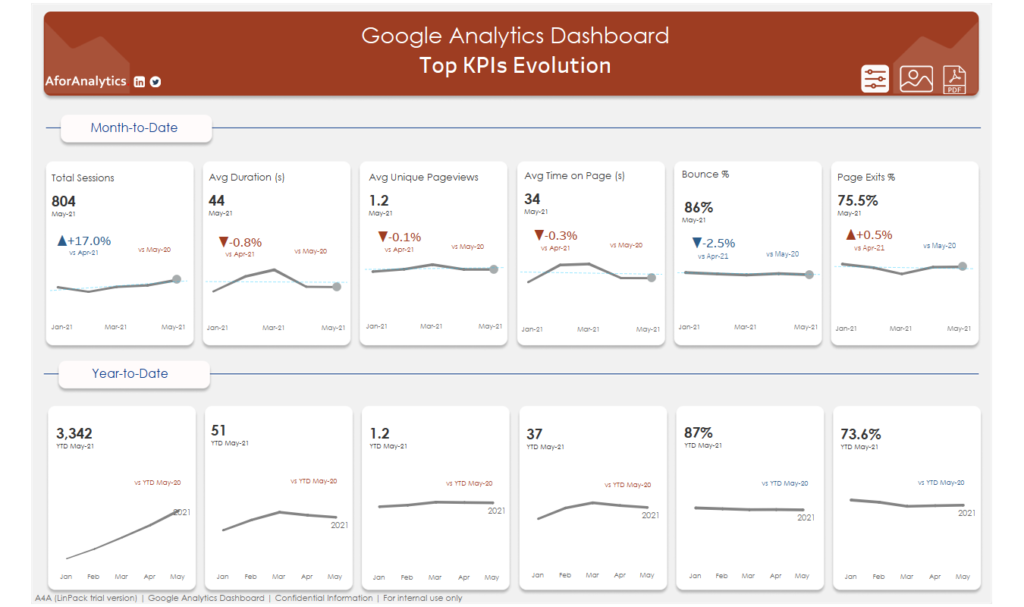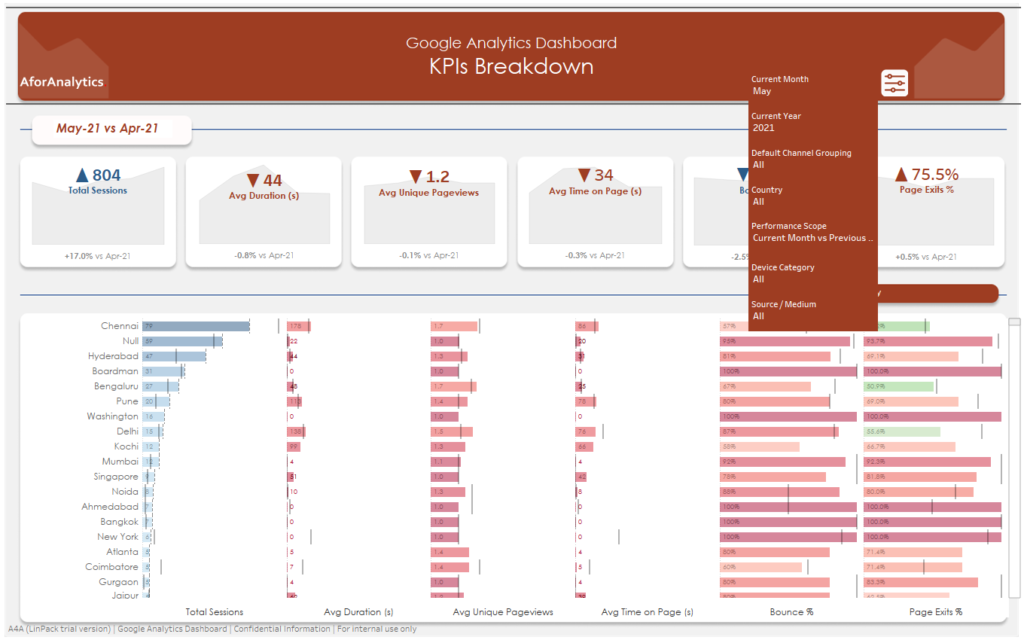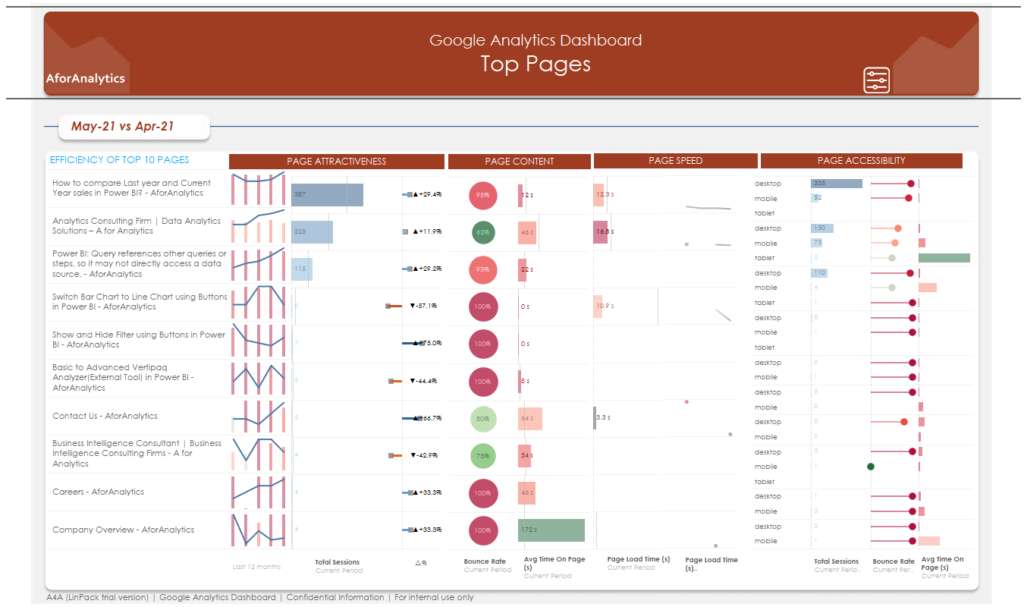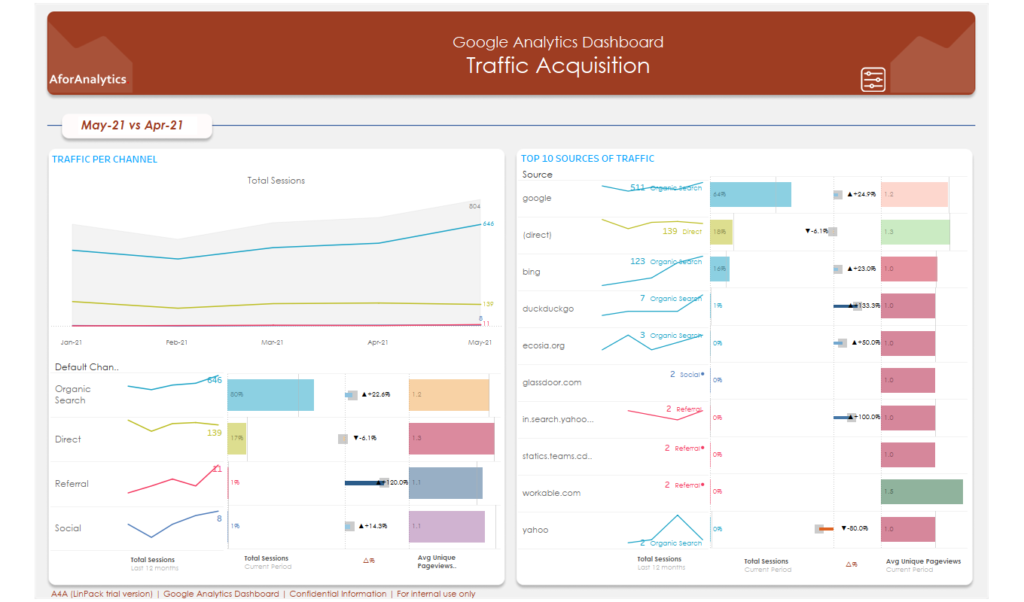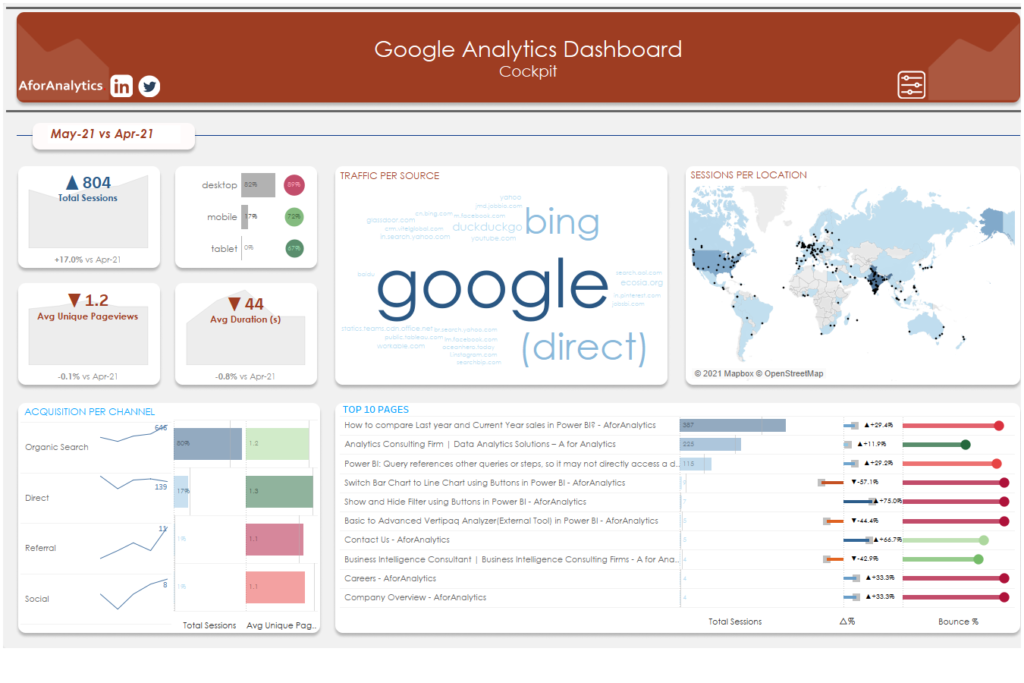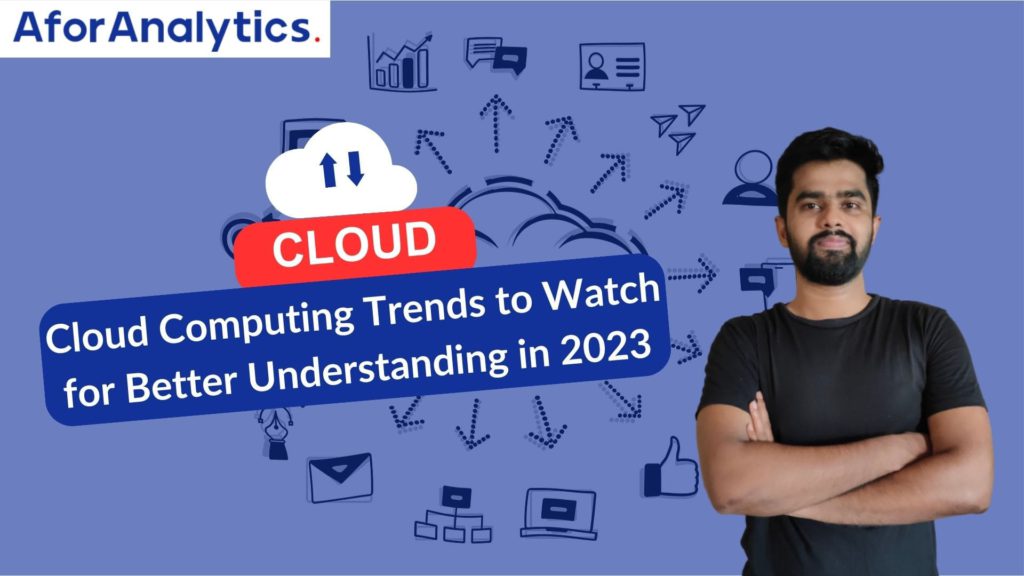
What is Cloud Computing?
Cloud computing is a technology that allows users to access data and applications over the internet instead of relying on their own computers. This revolutionary concept has transformed the way we store and access information, and it’s becoming increasingly popular in today’s world. Here are some key points to help you understand cloud computing trends better:
- Cloud computing enables users to access applications and data from anywhere in the world, as long as they have an internet connection.
- Cloud computing eliminates the need for users to store their data and applications on their own computers, freeing up space and reducing hardware costs.
- The three primary types of cloud computing services are Software as a Service (SaaS), Platform as a Service (PaaS), and Infrastructure as a Service (IaaS).
- Examples of cloud computing services include Google Drive, Dropbox, Salesforce, and Amazon Web Services (AWS).
- The cloud is important because it allows organizations to scale their computing resources up or down as needed, without having to make significant investments in hardware.
- The core elements of cloud computing include virtualization, scalability, elasticity, on-demand access, and resource pooling.
Overall, cloud computing has revolutionized the way we store and access data, making it more convenient and cost-effective than ever before.
Top Benefits of Cloud Computing
Cloud computing offers many benefits to businesses and individuals alike. Here are some of the top advantages of using cloud computing:
- Scalability: Cloud computing allows businesses to easily scale their computing resources up or down as needed, without having to invest in additional hardware.
- Cost savings: By eliminating the need for on-premises hardware and maintenance, cloud computing can significantly reduce IT costs.
- Accessibility: Cloud computing enables users to access applications and data from anywhere in the world, as long as they have an internet connection.
- Disaster recovery: Cloud computing provides a reliable backup solution in case of a disaster, ensuring that critical data is protected.
- Collaboration: Cloud computing makes it easier for teams to collaborate on projects, as data and applications can be accessed and shared from a centralized location.
Overall, the benefits of cloud computing are numerous, making it a highly attractive option for businesses of all sizes.
Cloud Computing Services
There are three primary types of cloud computing services:
- SaaS: SaaS provides users with access to software applications over the internet, without the need for local installation. Examples of SaaS include Salesforce, Microsoft Office 365, and Google Apps.
- PaaS: PaaS provides users with a platform for developing, testing, and deploying software applications. Examples of PaaS include Microsoft Azure, Google Cloud Platform, and IBM Bluemix.
- IaaS: IaaS provides users with access to computing resources, such as virtual machines and storage, over the internet. Examples of IaaS include Amazon Web Services (AWS), Microsoft Azure, and Google Cloud Platform.
Overall, each type of cloud computing service offers unique benefits and features, allowing businesses to choose the option that best fits their needs.
Examples of Cloud Computing Trends
Cloud computing refers to the delivery of on-demand computing services over the internet. Some examples of cloud computing services are:
- Software-as-a-Service (SaaS): It refers to the delivery of software applications over the internet. Examples include Google Suite, Salesforce, and Dropbox.
- Platform-as-a-Service (PaaS): It provides a platform for developing, testing, and managing applications over the internet. Examples include Microsoft Azure, Google App Engine, and AWS Elastic Beanstalk.
- Infrastructure-as-a-Service (IaaS): It provides infrastructure resources such as servers, storage, and networking over the internet. Examples include AWS EC2, Microsoft Azure Virtual Machines, and Google Compute Engine.
Cloud computing has become a vital aspect of modern technology and has transformed the way businesses operate.
How Important is the Cloud?
The cloud is essential for businesses and individuals who want to improve their productivity, efficiency, and agility. Here are some of the key reasons why the cloud is important:
- Scalability: The cloud allows businesses to scale up or down their resources depending on their needs. This enables businesses to handle spikes in traffic and demand, without having to invest in expensive infrastructure.
- Cost Savings: The cloud eliminates the need for businesses to invest in expensive hardware, software, and maintenance costs. Instead, businesses can pay for only what they use, making it a more cost-effective option.
- Accessibility: The cloud enables businesses and individuals to access their applications and data from anywhere, as long as they have an internet connection.
- Collaboration: The cloud provides an environment for teams to work together on projects, share documents, and communicate in real-time.
- Overall, the cloud is critical for businesses looking to stay competitive in today’s fast-paced and digital world.
Core Elements of Cloud Computing
Cloud computing has three core elements, which are:
- Infrastructure: The infrastructure element consists of the physical hardware, such as servers, storage devices, and networking equipment, that enables cloud computing.
- Platform: The platform element provides an environment for developing, testing, and deploying applications. It includes programming languages, development tools, and operating systems.
- Applications: The applications element refers to the software programs and services that are delivered over the cloud.
These three elements work together to enable the delivery of cloud computing services.
How Does Cloud Computing Work?
Cloud computing works by providing users with access to on-demand computing services over the internet. When a user requests a cloud computing service, such as storage or computing power, the cloud provider allocates the necessary resources from its network of servers and delivers the service over the internet.
Cloud computing uses a virtualized environment that enables multiple users to share the same physical resources, while ensuring that each user’s data remains separate and secure.
The Advantages of Cloud Computing
Cloud computing offers several advantages, including:
- Scalability: Businesses can easily scale up or down their resources to meet changing demands.
- Cost Savings: The cloud eliminates the need for businesses to invest in expensive hardware and maintenance costs.
- Accessibility: The cloud enables users to access their applications and data from anywhere, as long as they have an internet connection.
- Collaboration: The cloud provides an environment for teams to work together on projects, share documents, and communicate in real-time.
- Disaster Recovery: The cloud enables businesses to backup their data and recover it in the event of a disaster.
The Disadvantages of Cloud Computing
Cloud computing is undoubtedly a revolutionary technology that has transformed the way we work and store data. However, despite its numerous benefits, it is not without its drawbacks. In this blog post, we will discuss some of the disadvantages of cloud computing that you should be aware of.
- Security concerns: One of the biggest concerns with cloud computing trends is the security of your data. When you store your data in the cloud, you are essentially trusting a third-party provider to keep your information secure. This can be a risk if the provider is not using the latest security measures and protocols.
- Dependence on the internet: Cloud computing trends relies heavily on an internet connection. This means that if your internet connection is slow or goes down, you may not be able to access your data or applications. This can be a problem if you need to work on something urgently or if you are in an area with poor connectivity.
- Cost: While cloud computing can save you money in the long run, it can also be expensive if you are not careful. Cloud providers often charge based on usage, which means that if you have a lot of data or need a lot of processing power, you could end up with a hefty bill.
- Limited control: When you store your data in the cloud, you are essentially handing over control to the provider. This means that you may not be able to customize certain aspects of your applications or services as much as you would like.
- Downtime: Like any technology, cloud computing is not immune to downtime. If the cloud provider experiences an outage, you may not be able to access your data or applications until the issue is resolved.
The Top Cloud Technologies
Cloud computing has become an integral part of modern technology, and it continues to evolve at a rapid pace. In this blog post, we will discuss the top cloud technologies that you should keep an eye on.
- Serverless Computing: Serverless computing is a cloud computing model that allows developers to build and run applications without worrying about the underlying infrastructure. It is gaining popularity due to its cost-effectiveness and scalability.
- Artificial Intelligence: Cloud providers are increasingly integrating AI into their offerings. This includes machine learning, natural language processing, and computer vision. AI can help organizations automate processes, gain insights from data, and improve customer experiences.
- Multi-Cloud: Multi-cloud is the practice of using multiple cloud providers to meet different business needs. This can include using one provider for storage and another for compute, or using a mix of public and private clouds. Multi-cloud can help organizations avoid vendor lock-in and ensure redundancy.
- Edge Computing: Edge computing is the practice of processing data near the edge of the network, rather than in a central data center. This can help reduce latency and improve performance for applications that require real-time processing.
- Cloud-Native: Cloud-native is an approach to building and running applications that takes full advantage of the cloud computing model. This includes using containers, microservices, and DevOps practices. Cloud-native applications are designed to be highly scalable and resilient.

